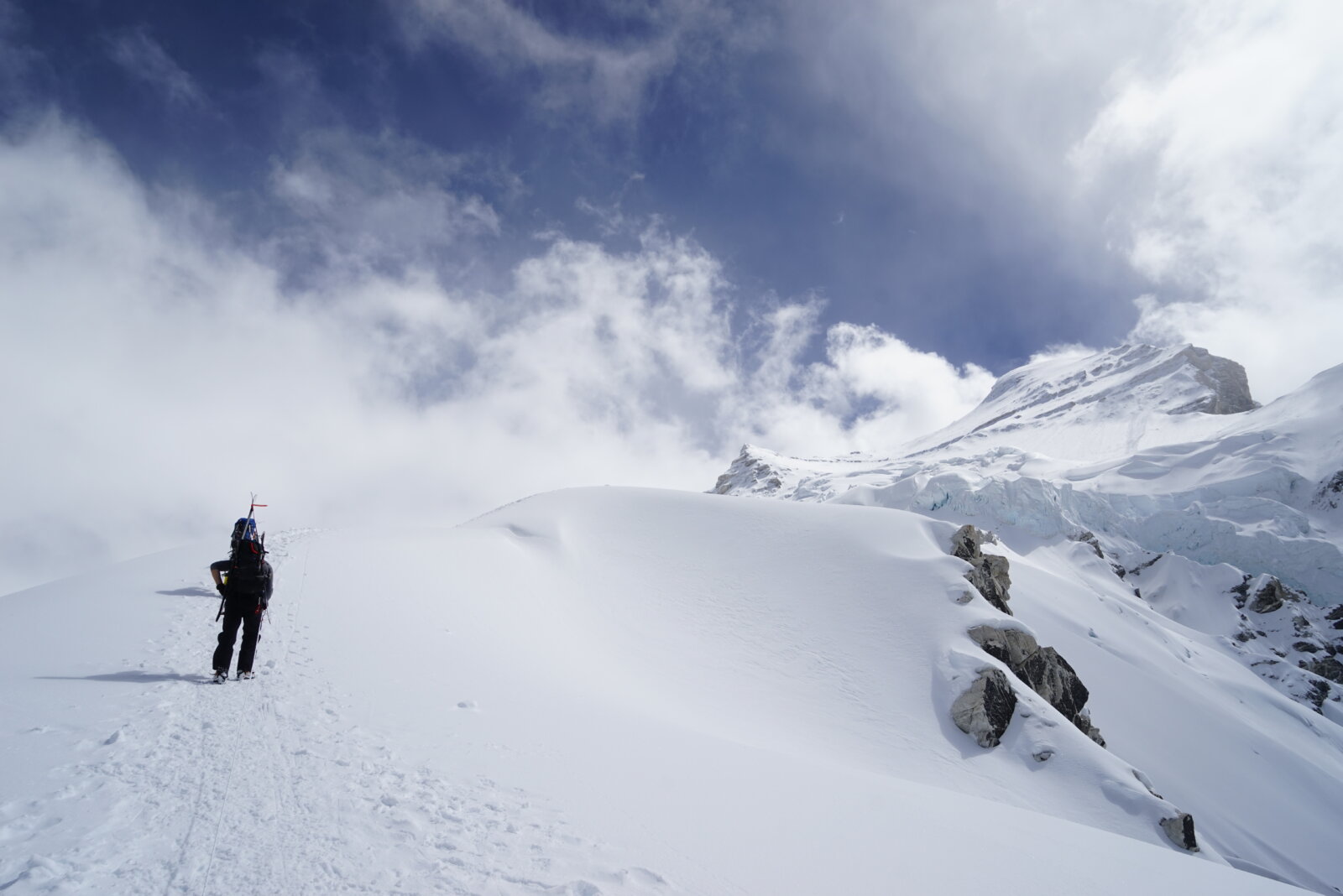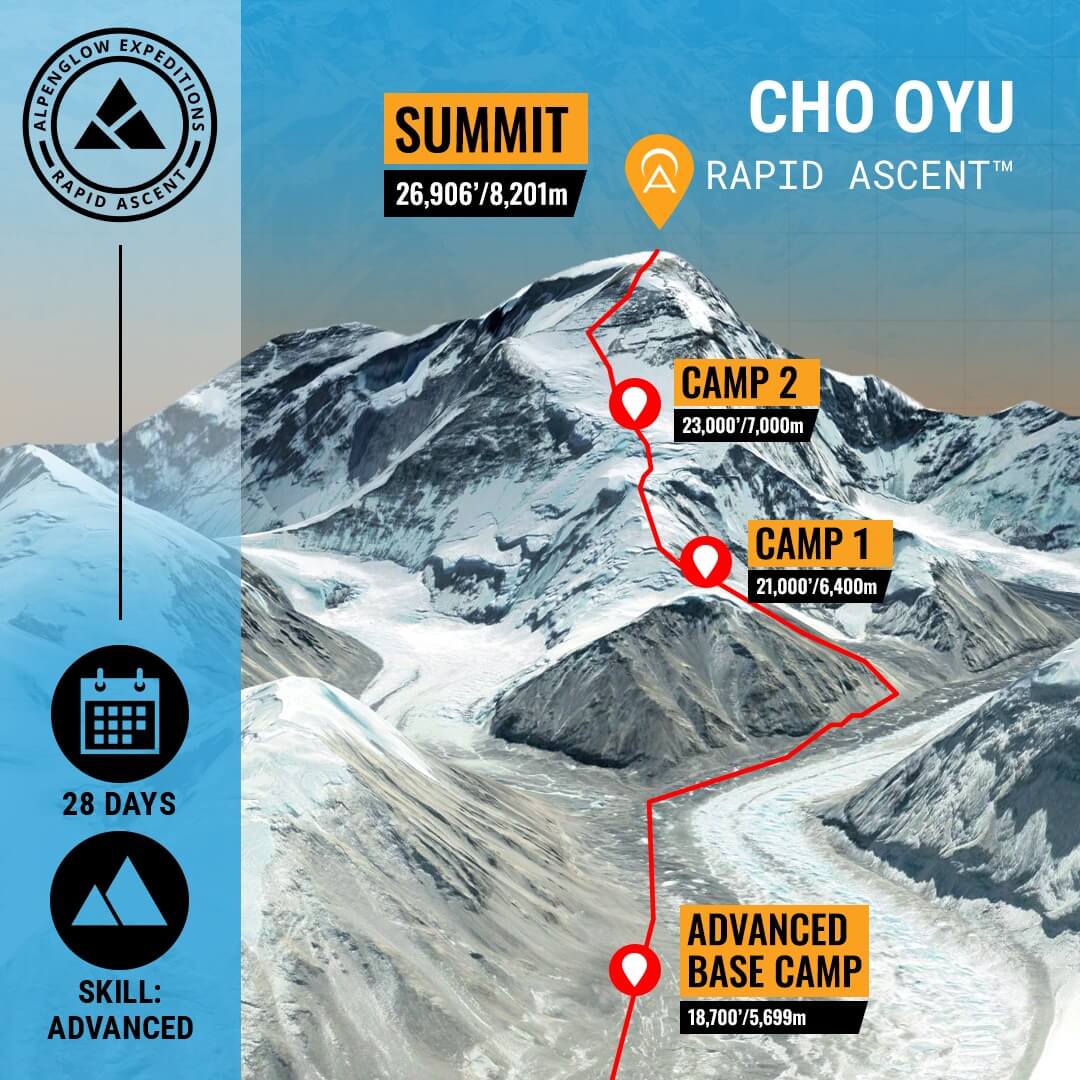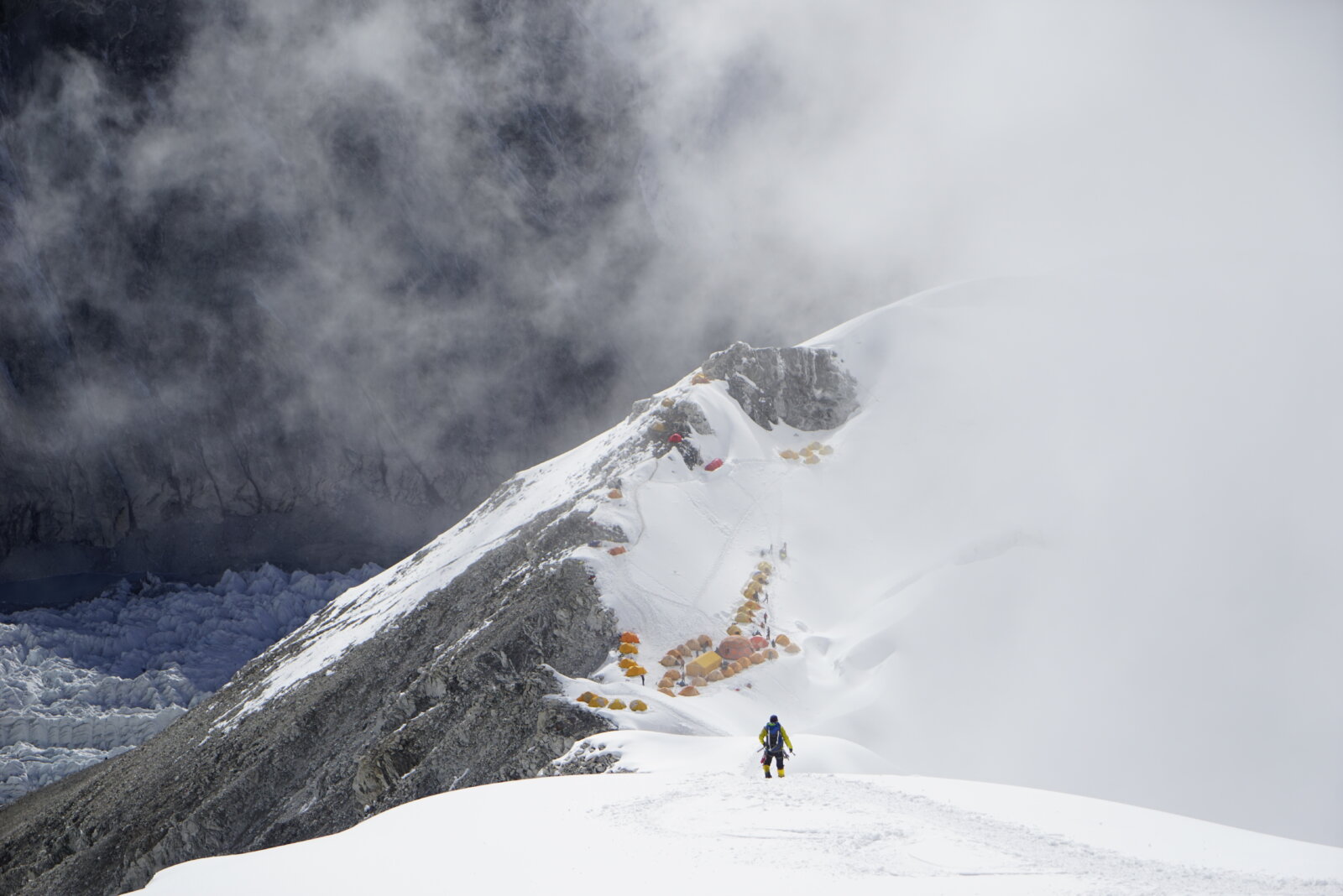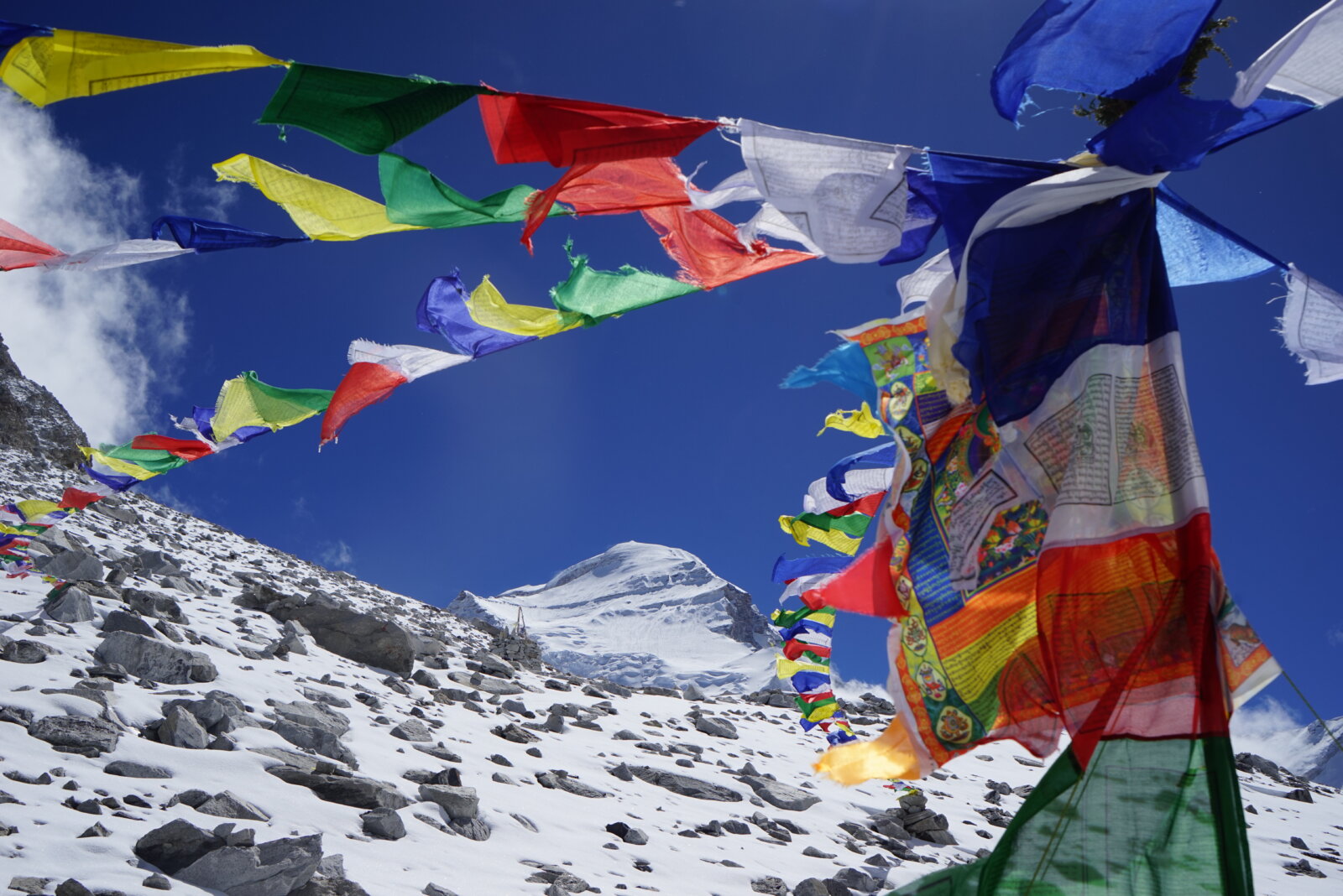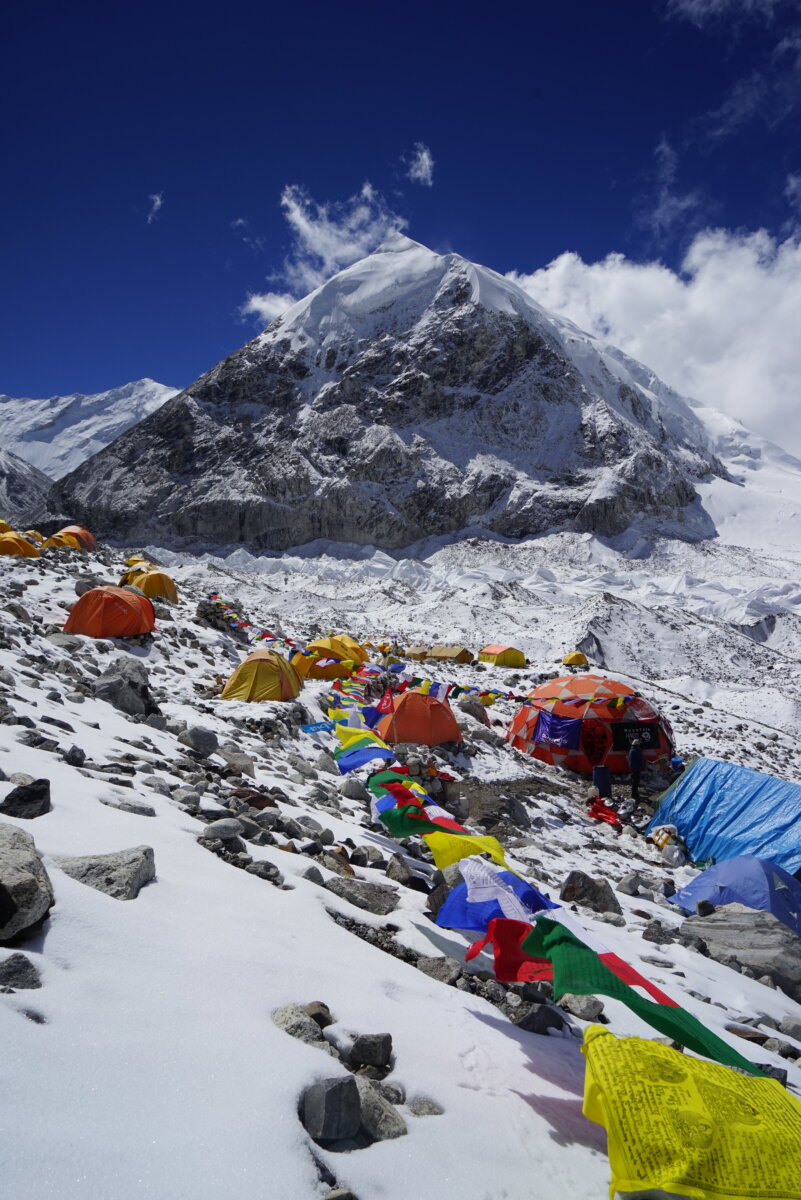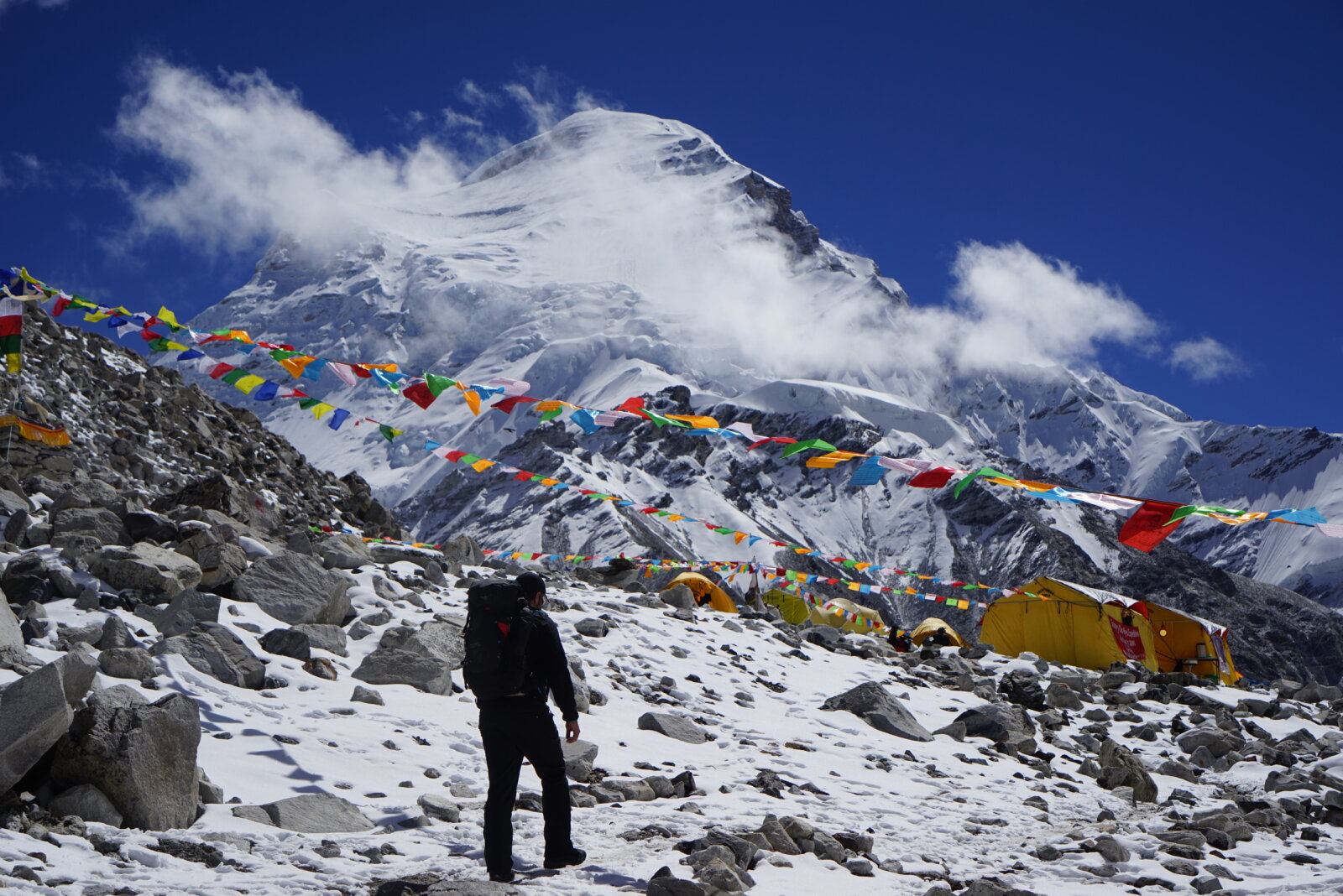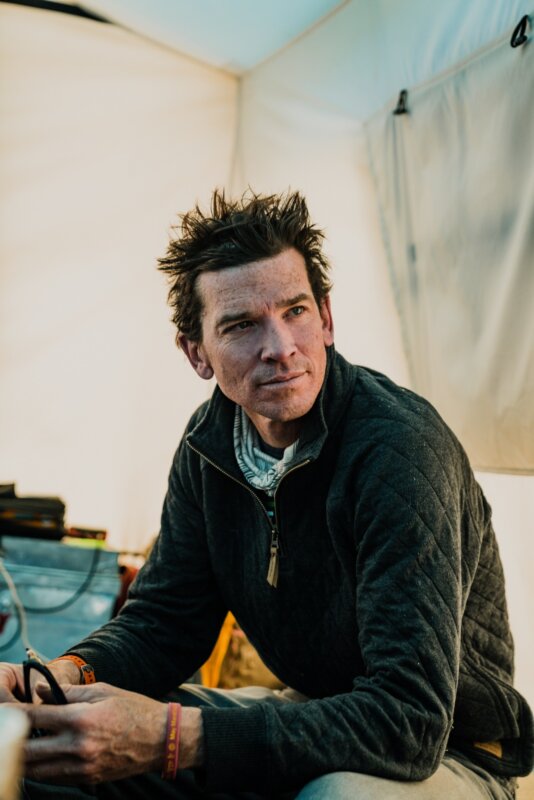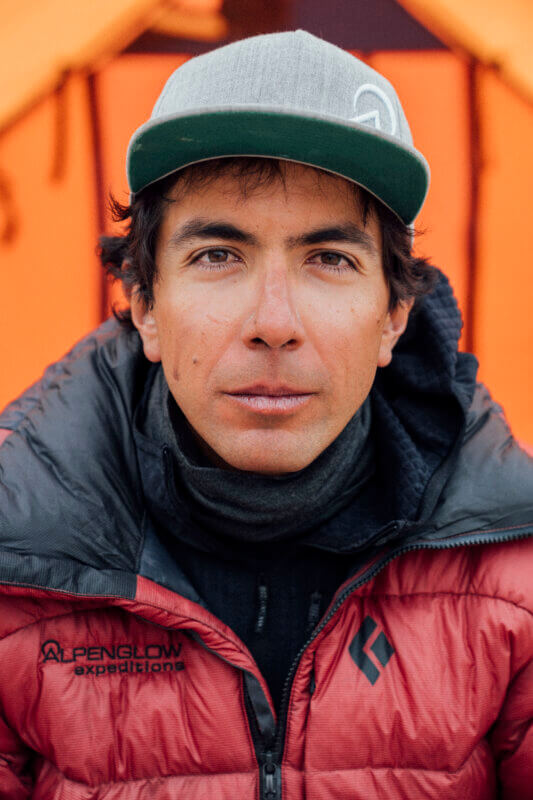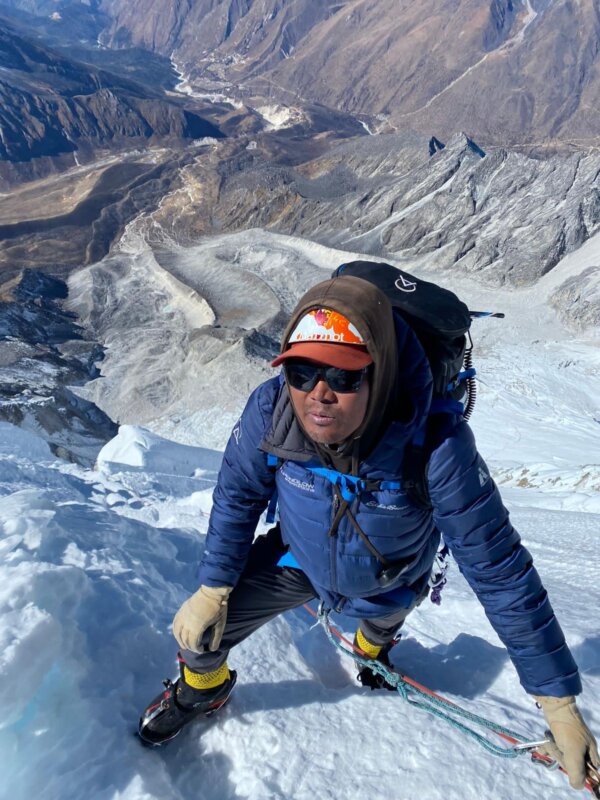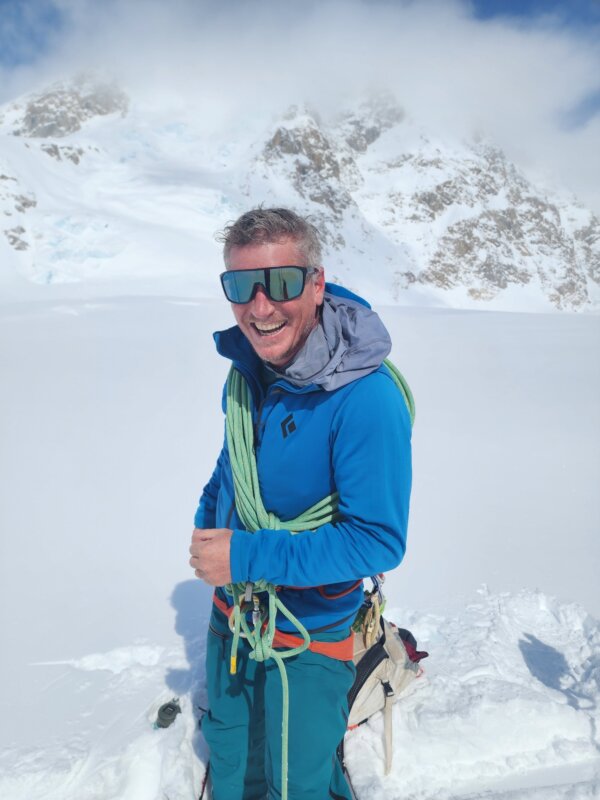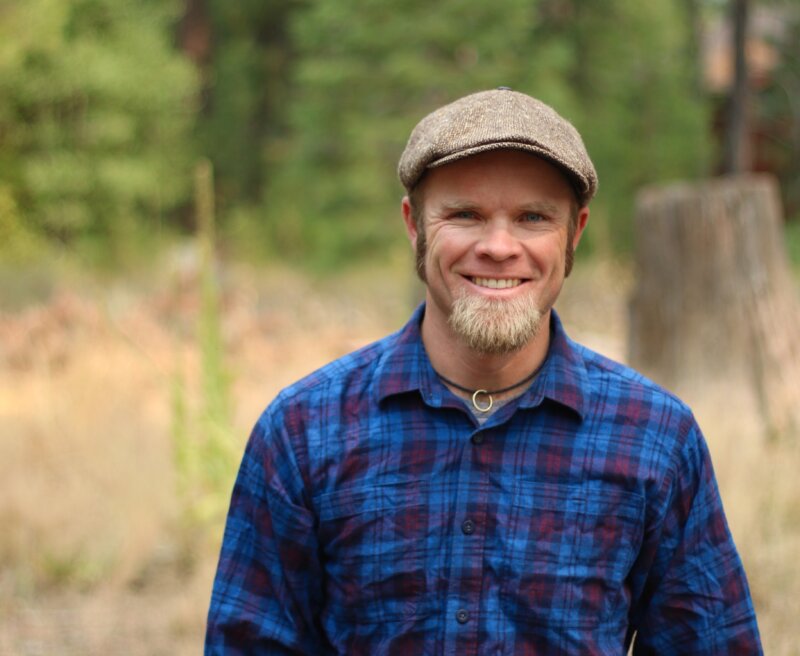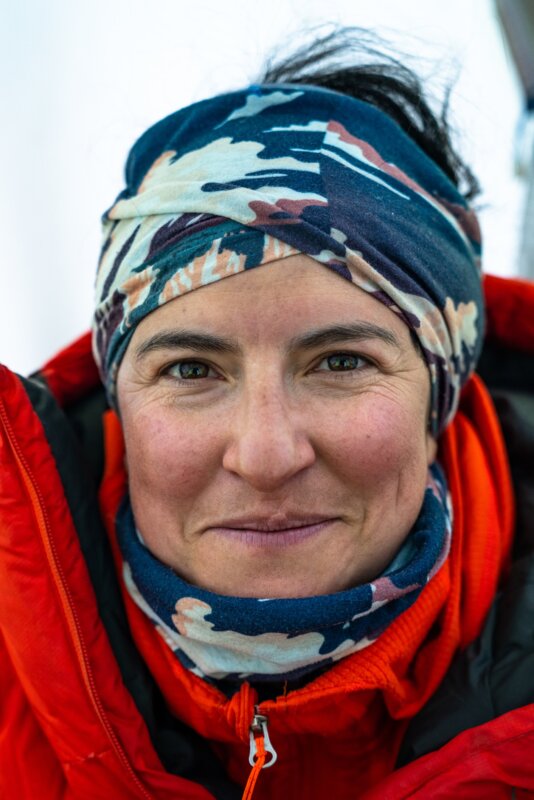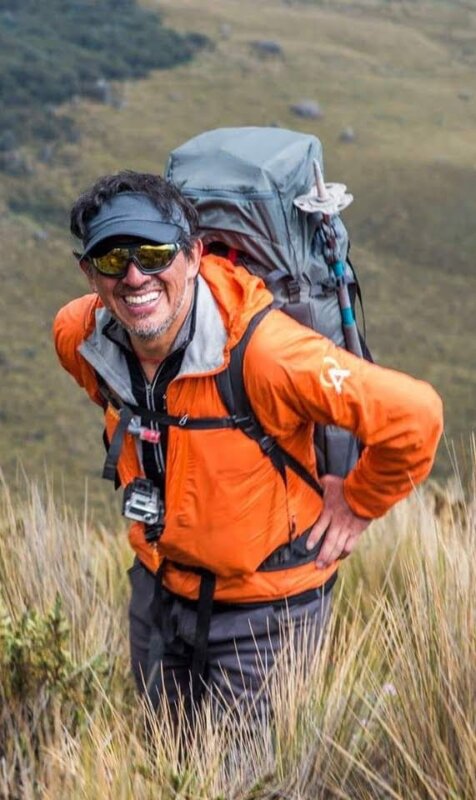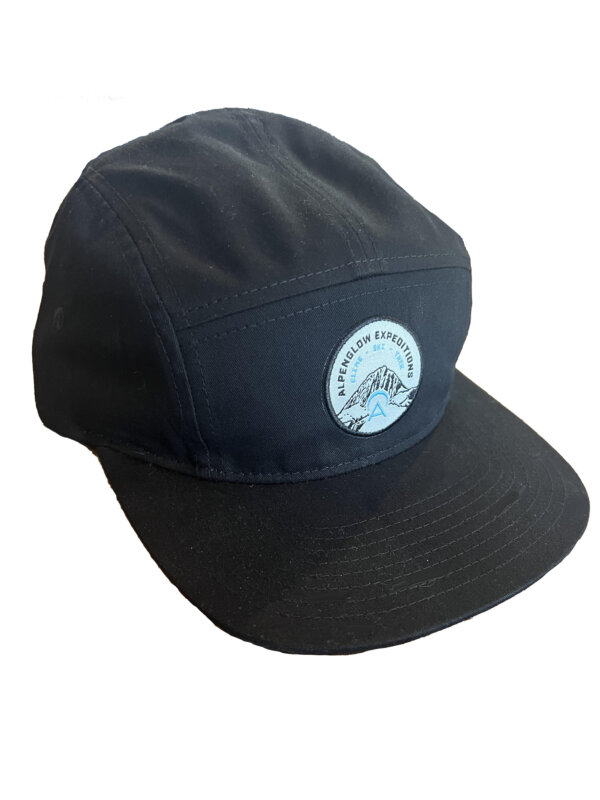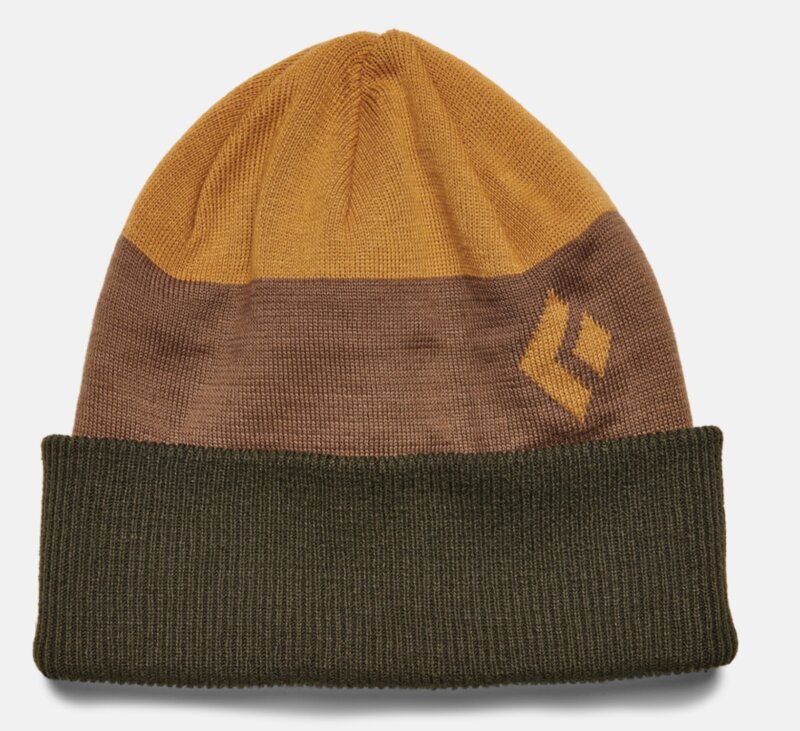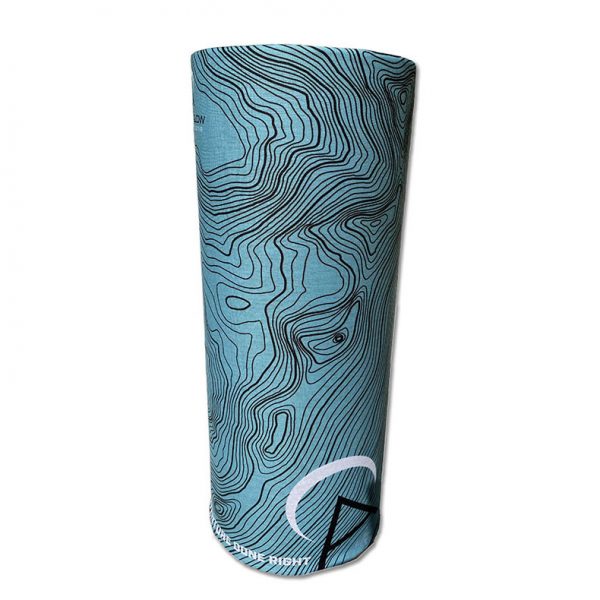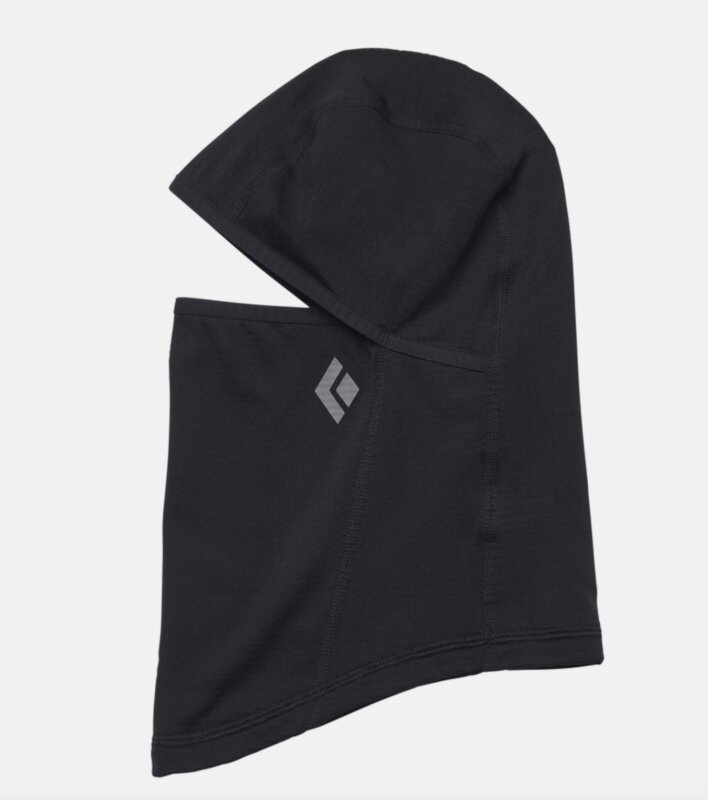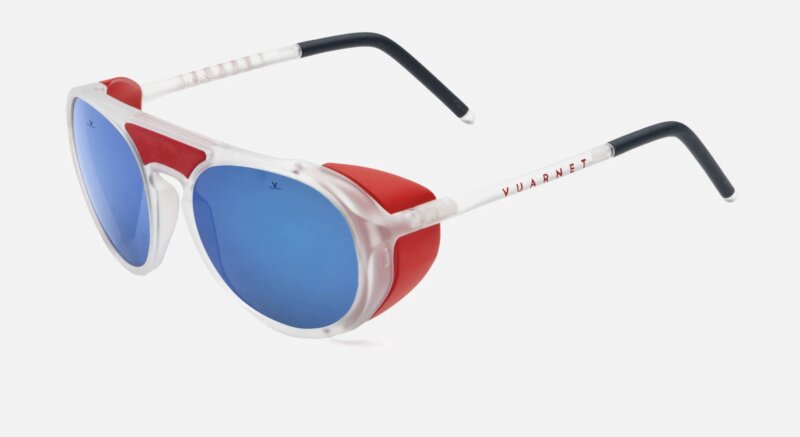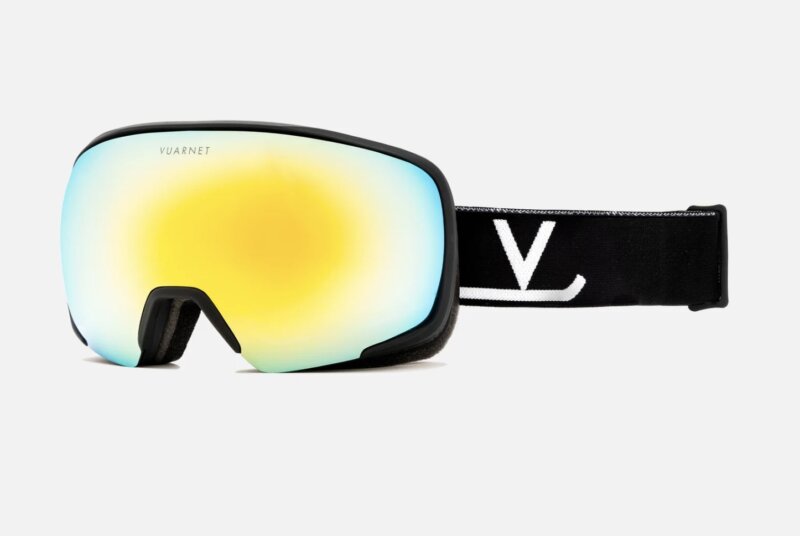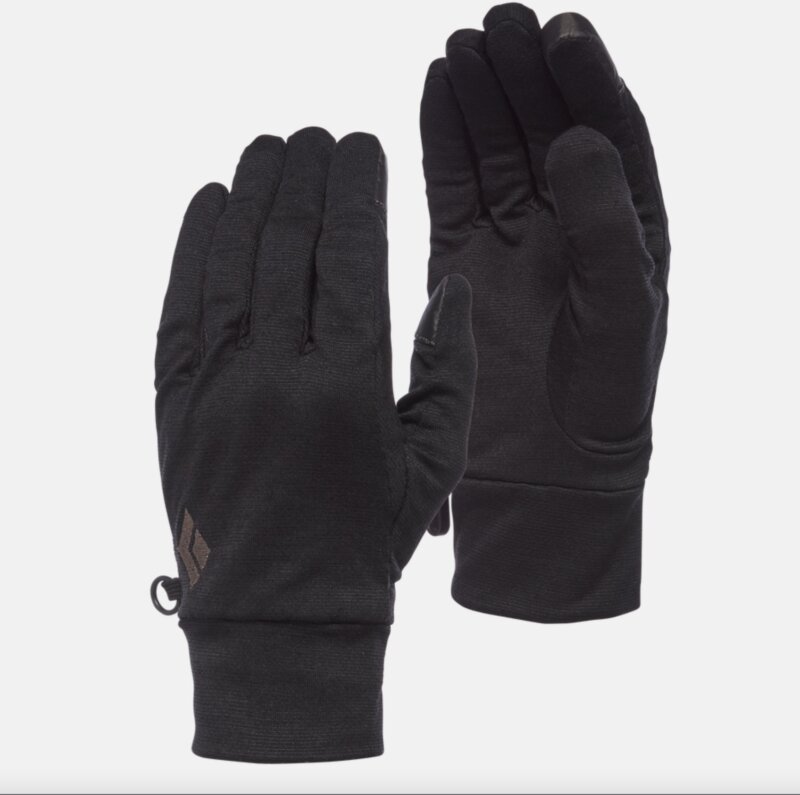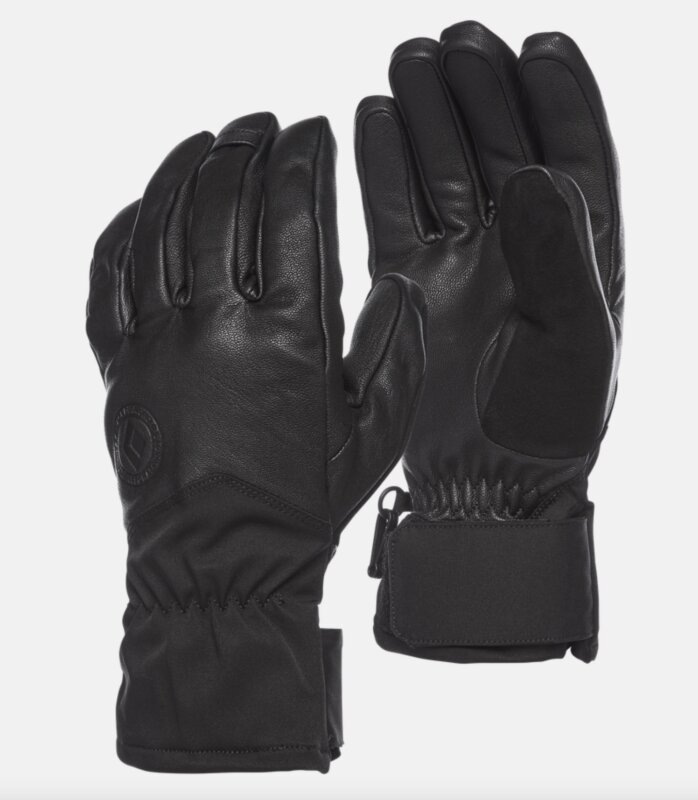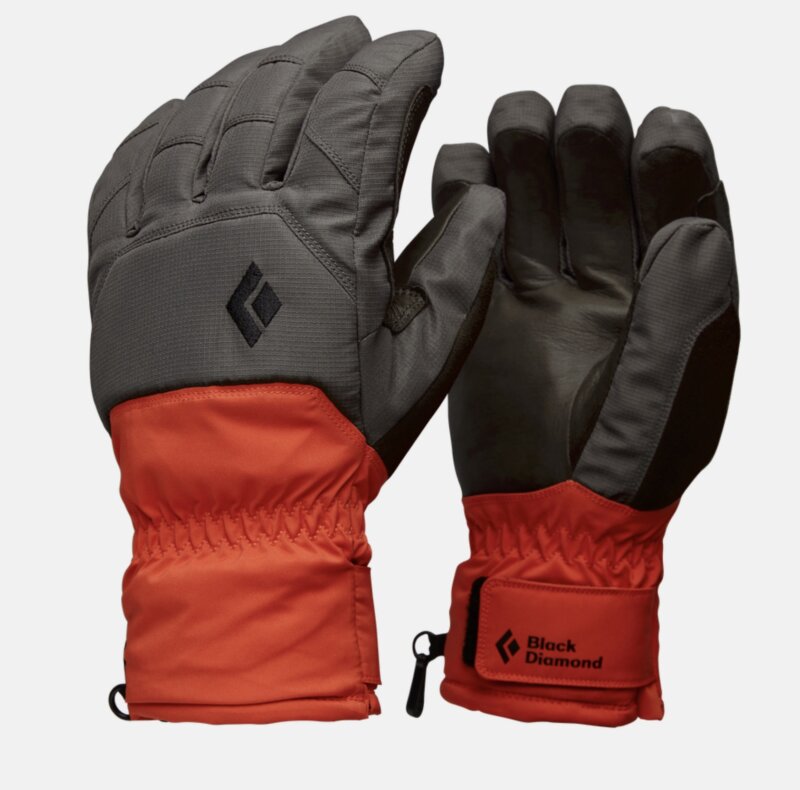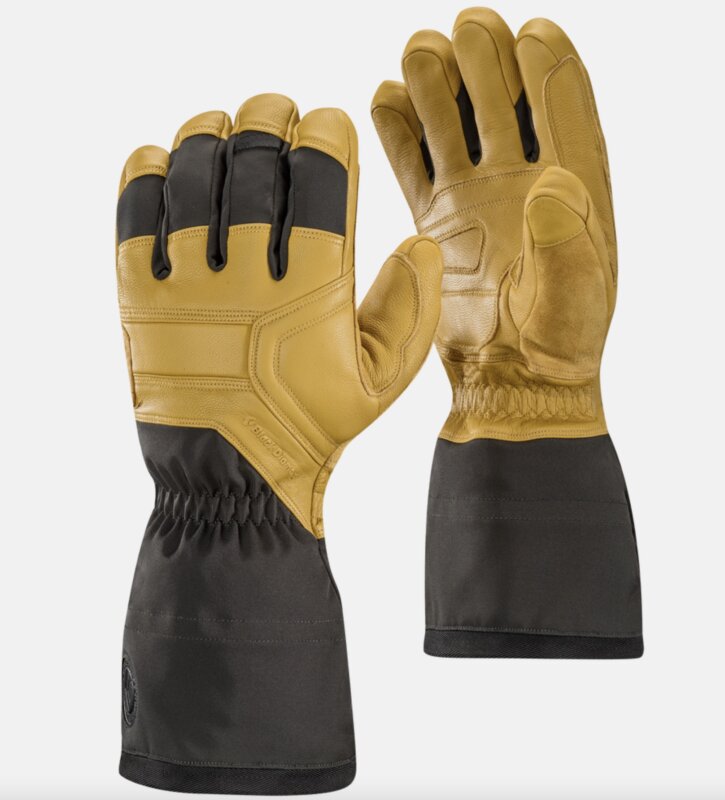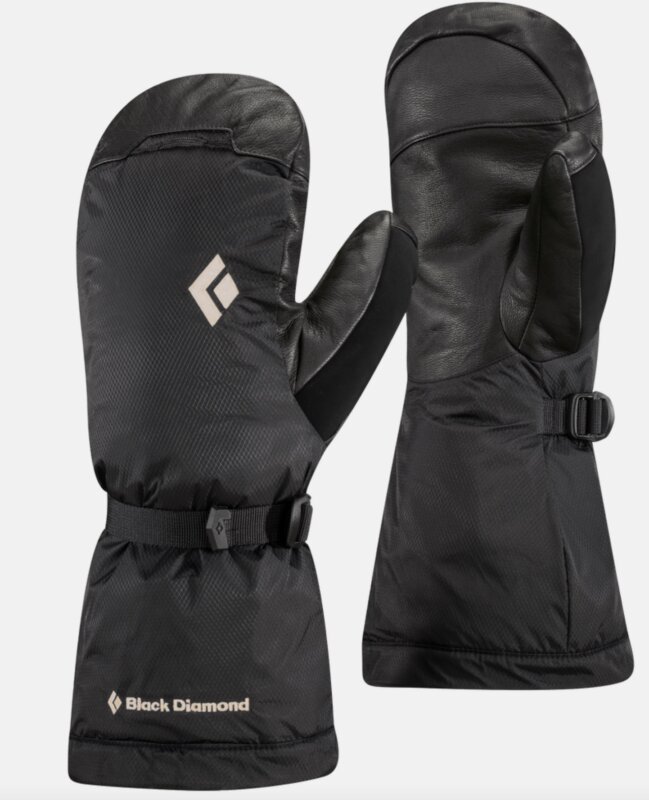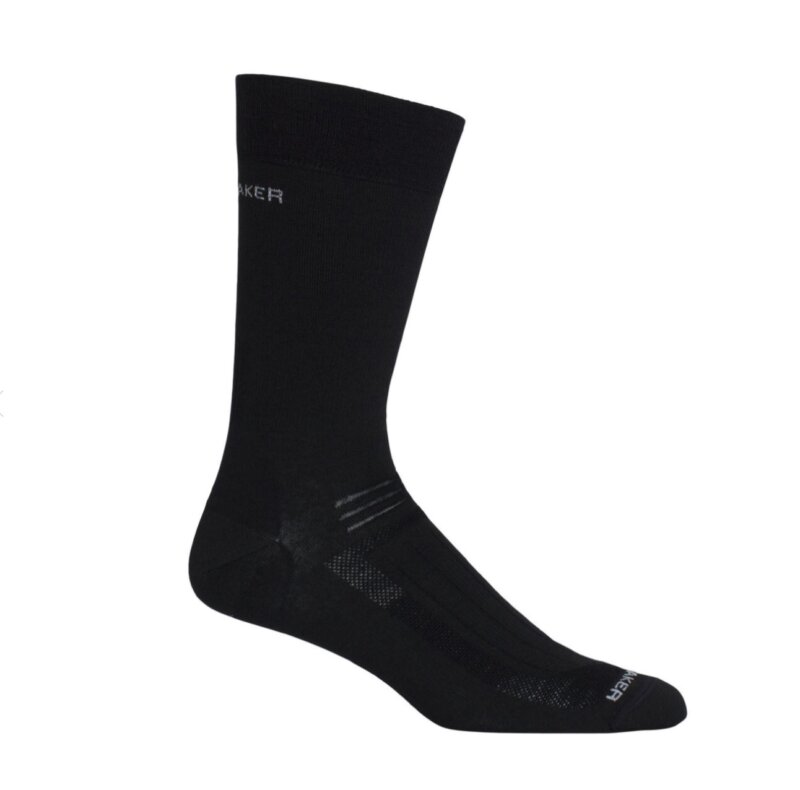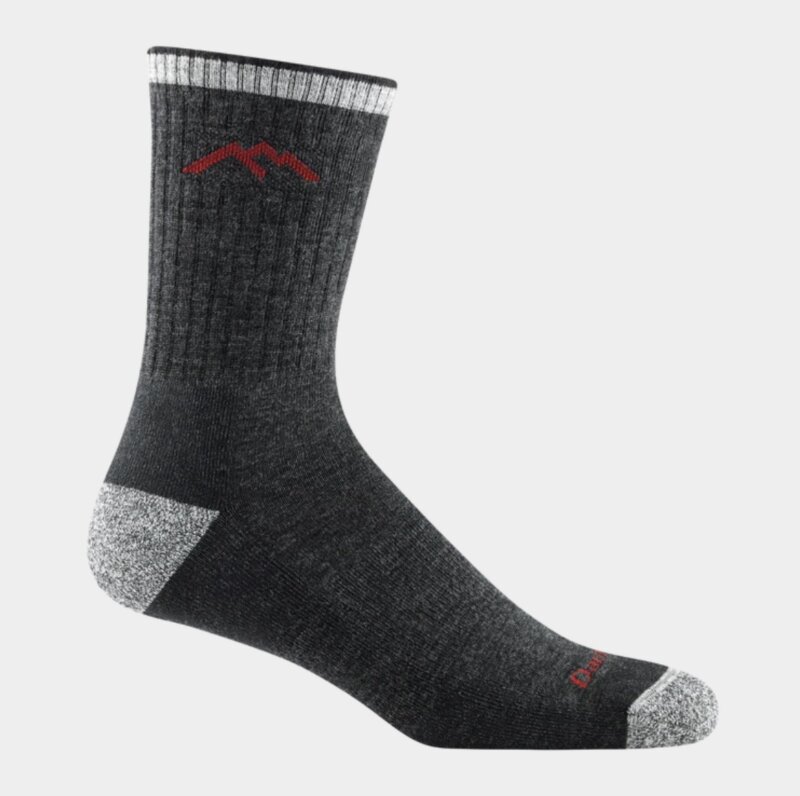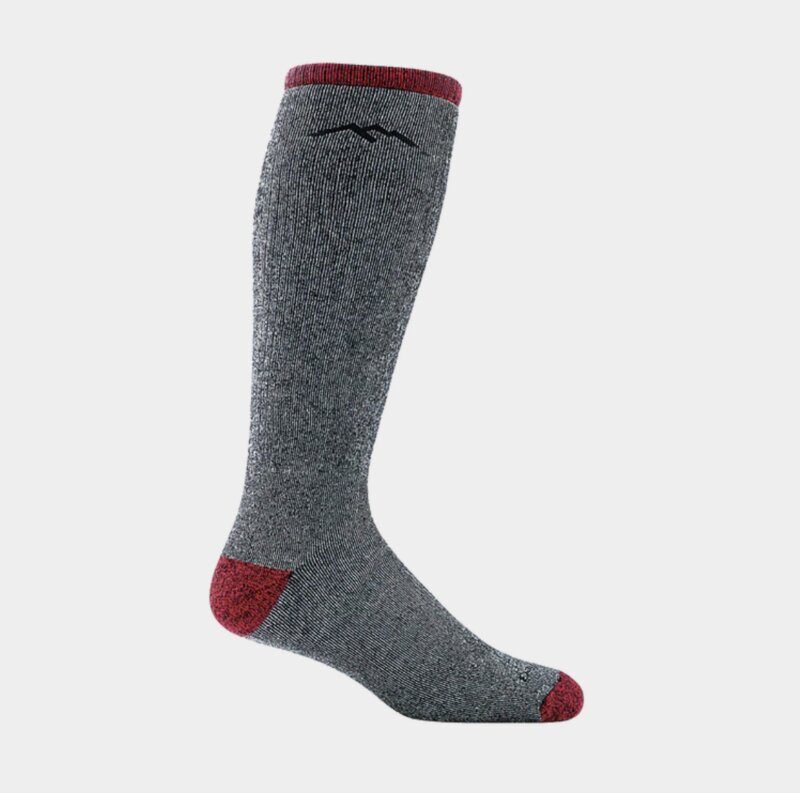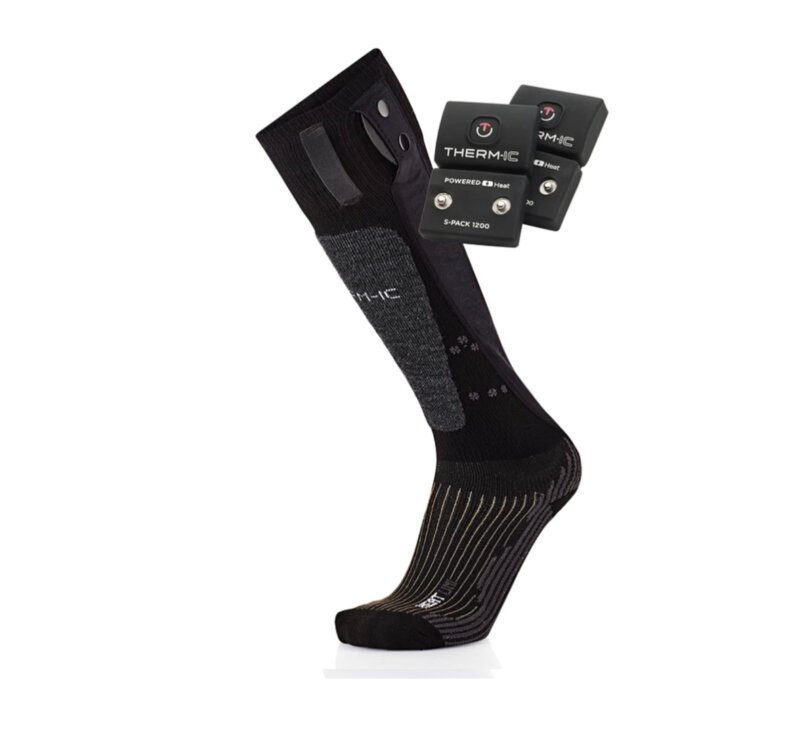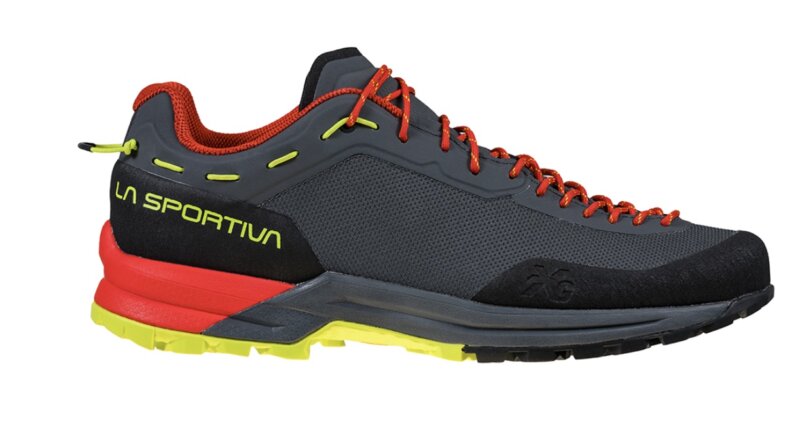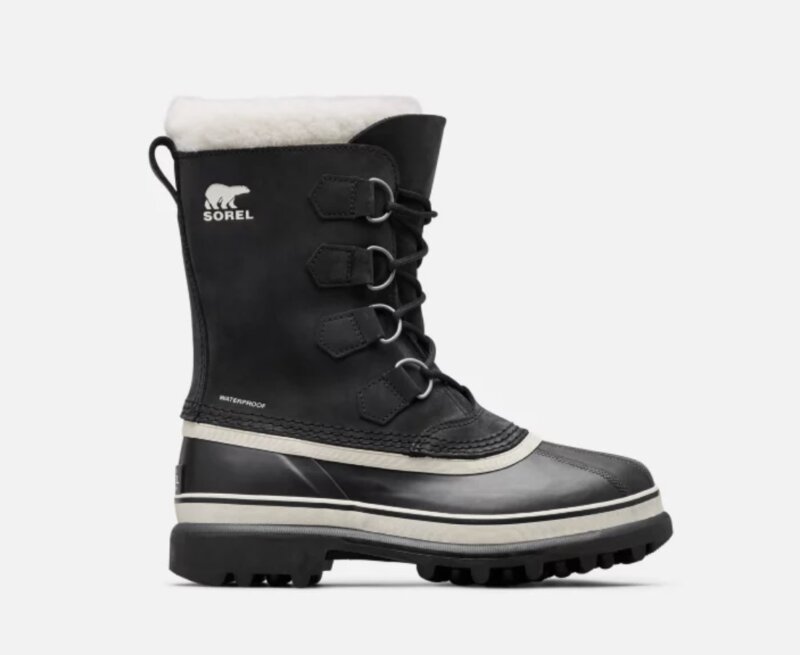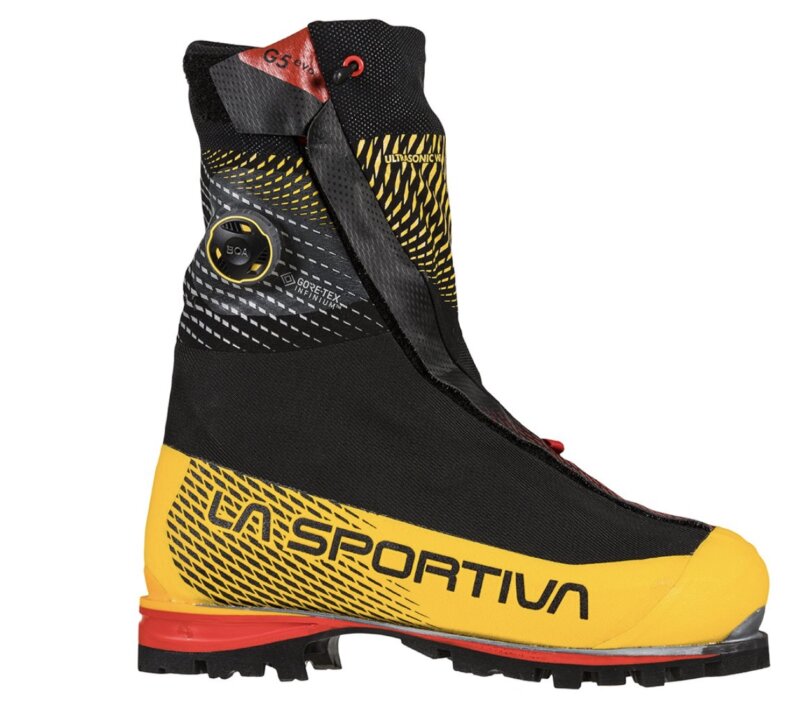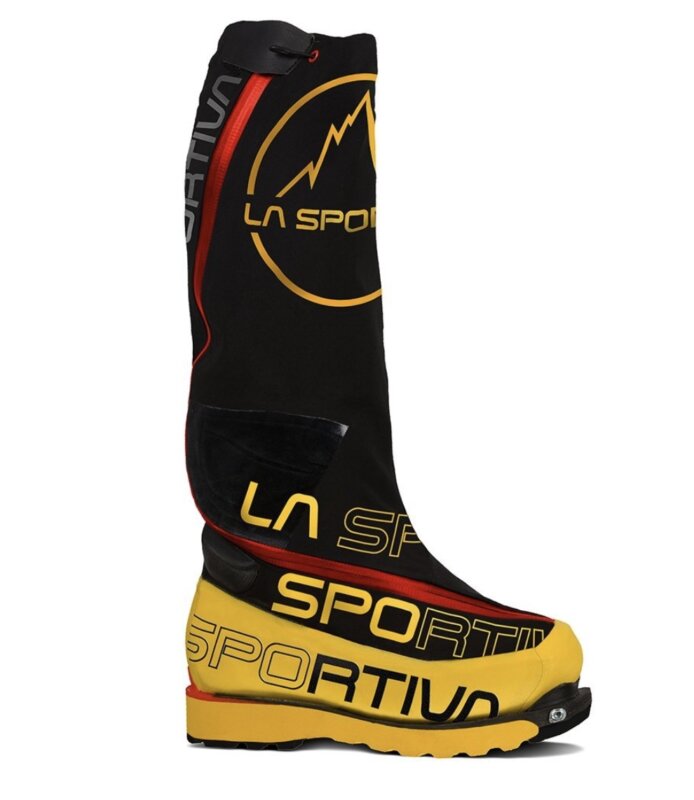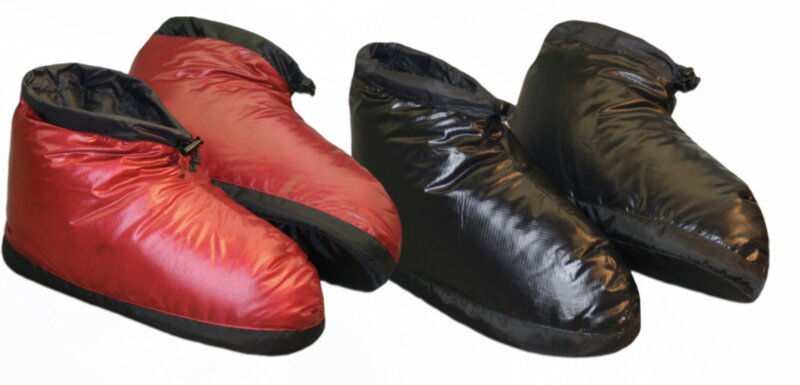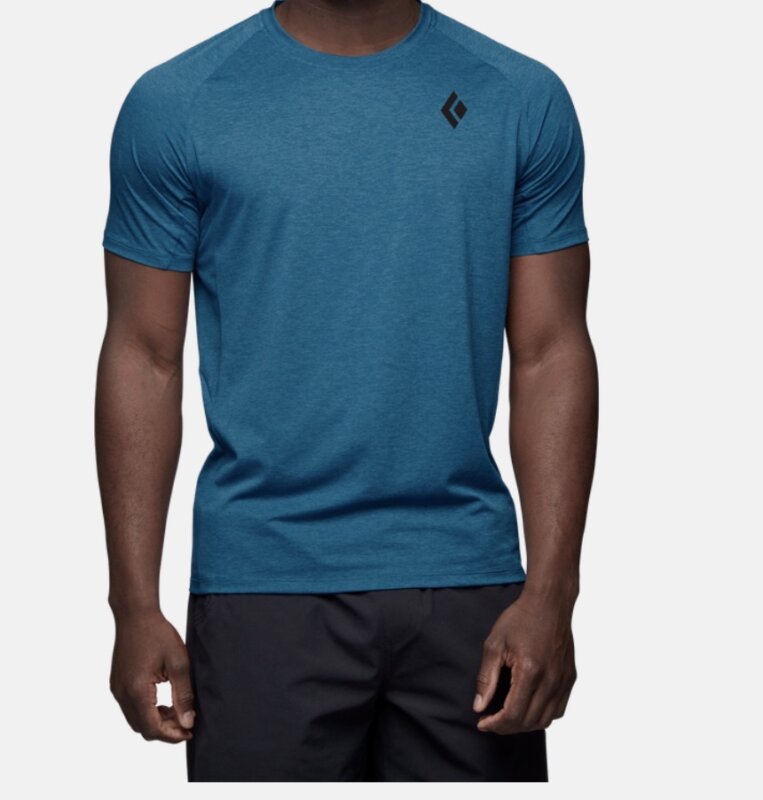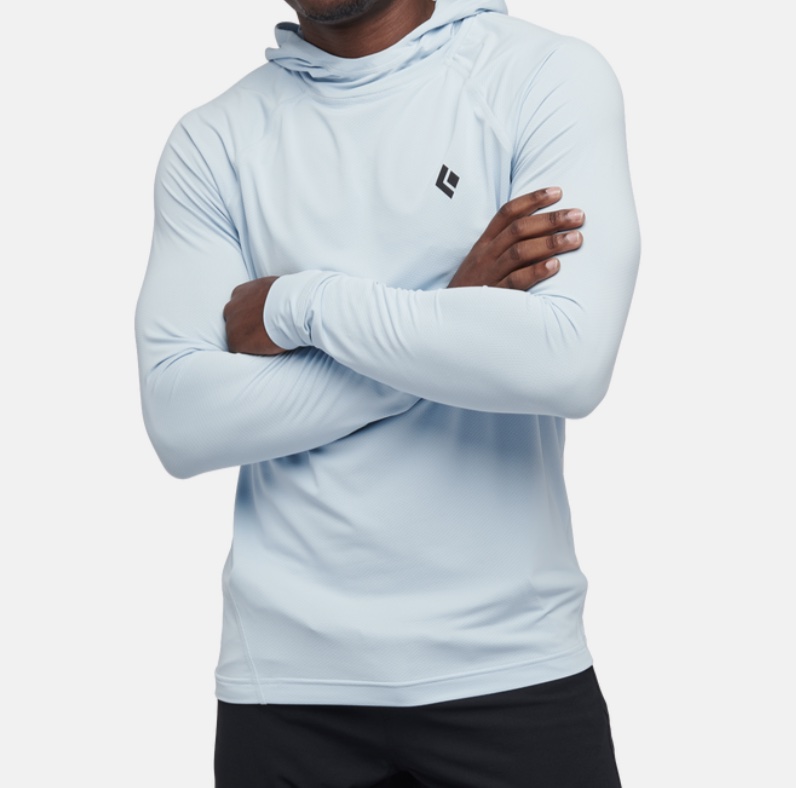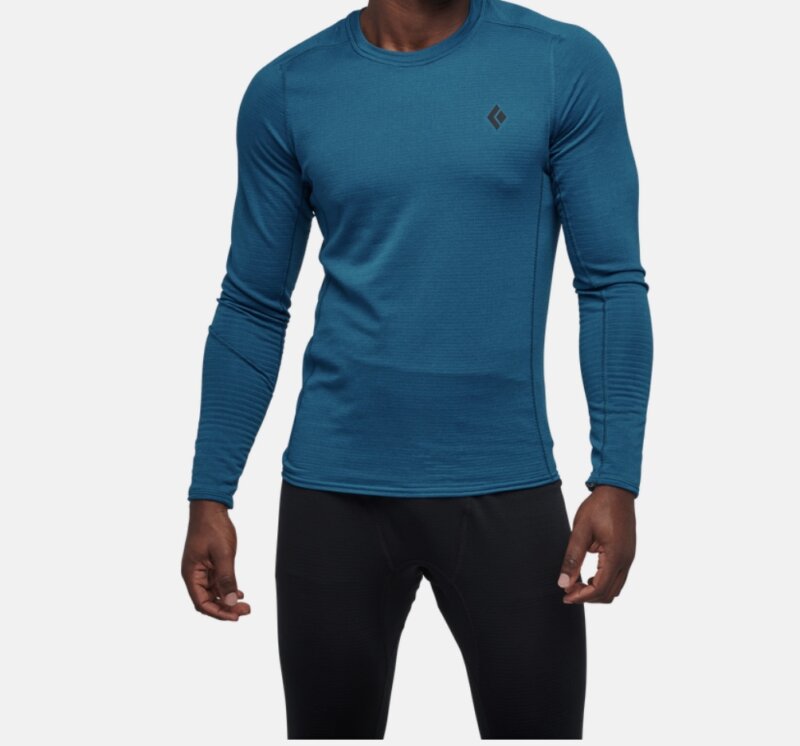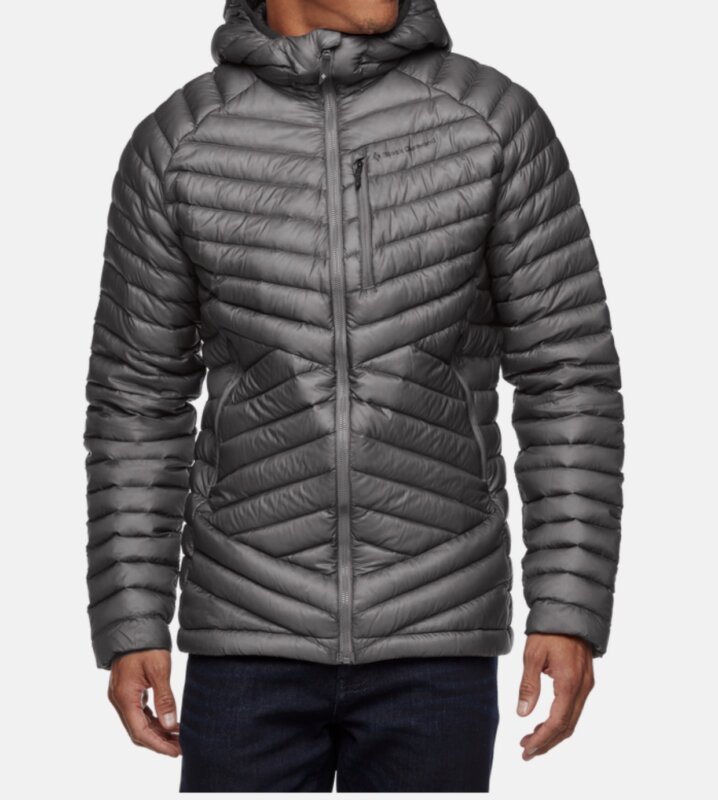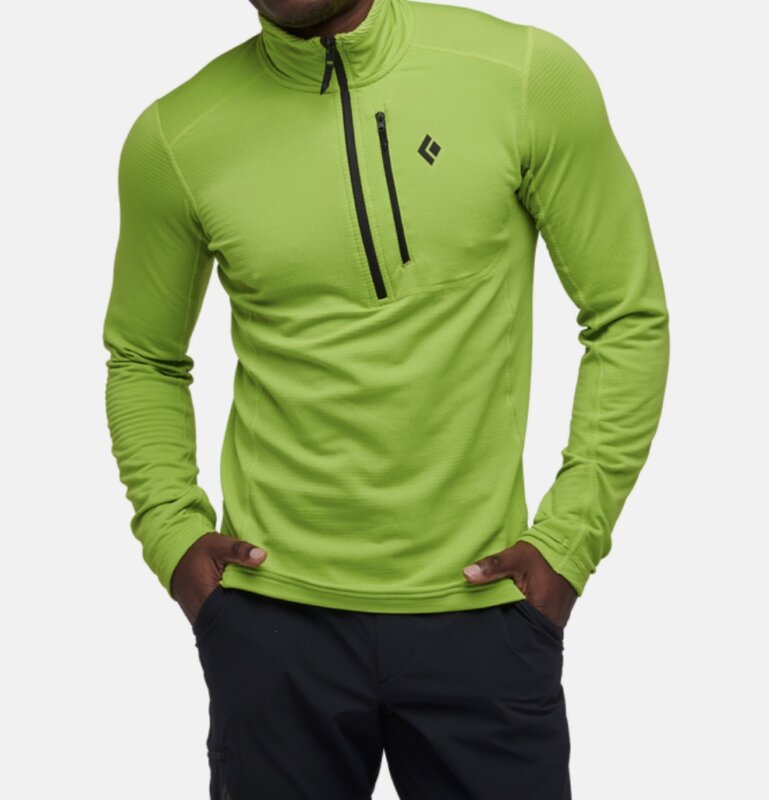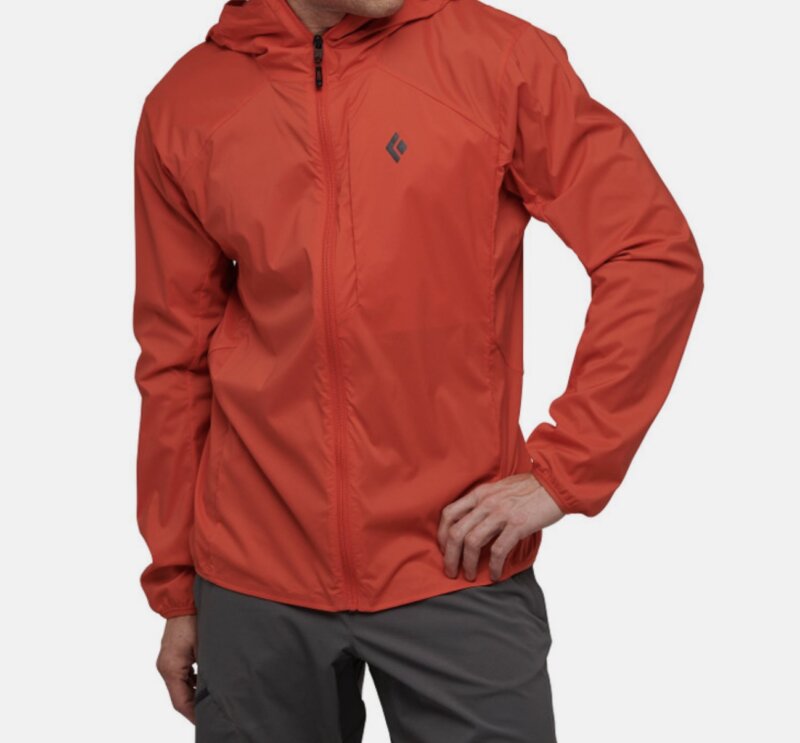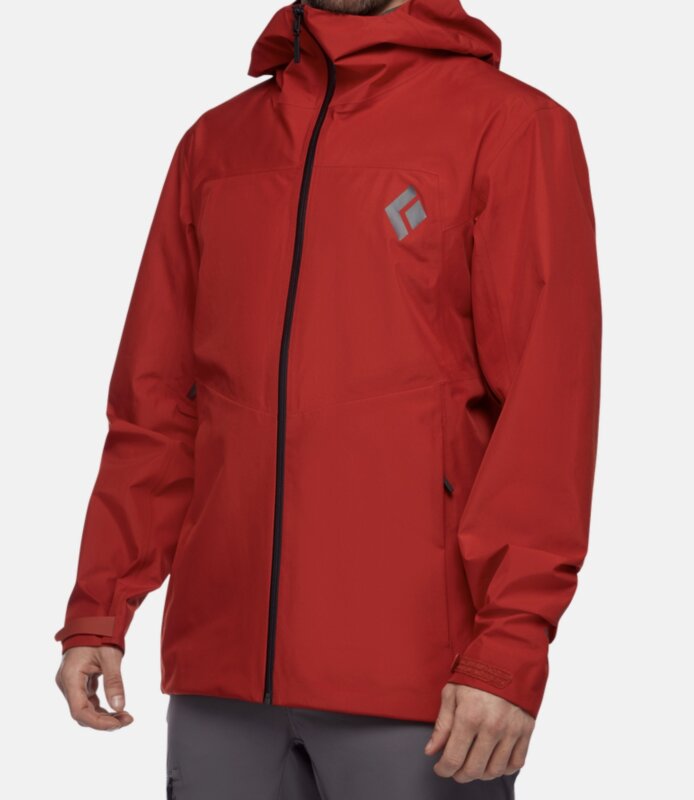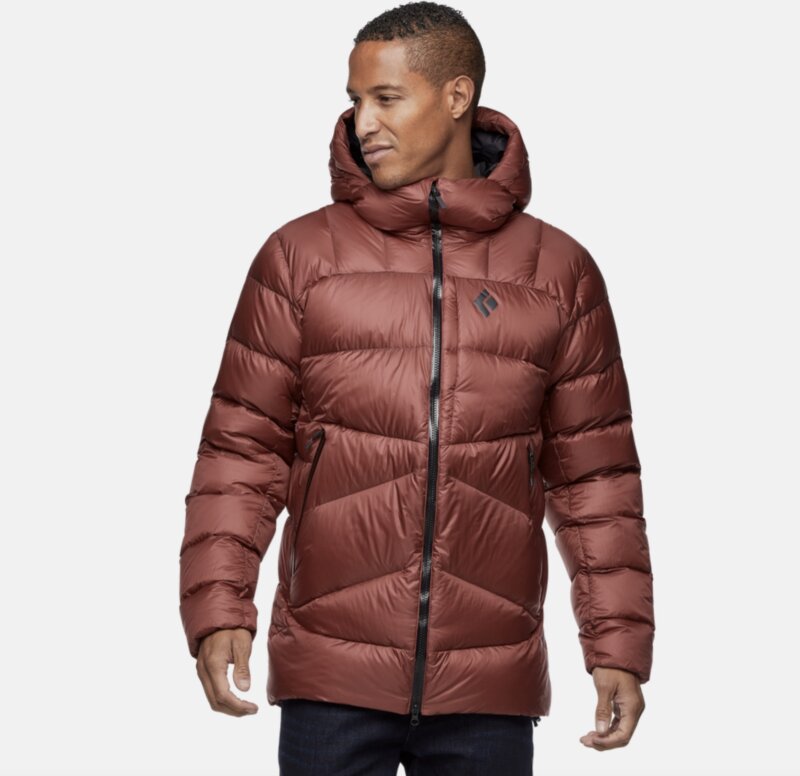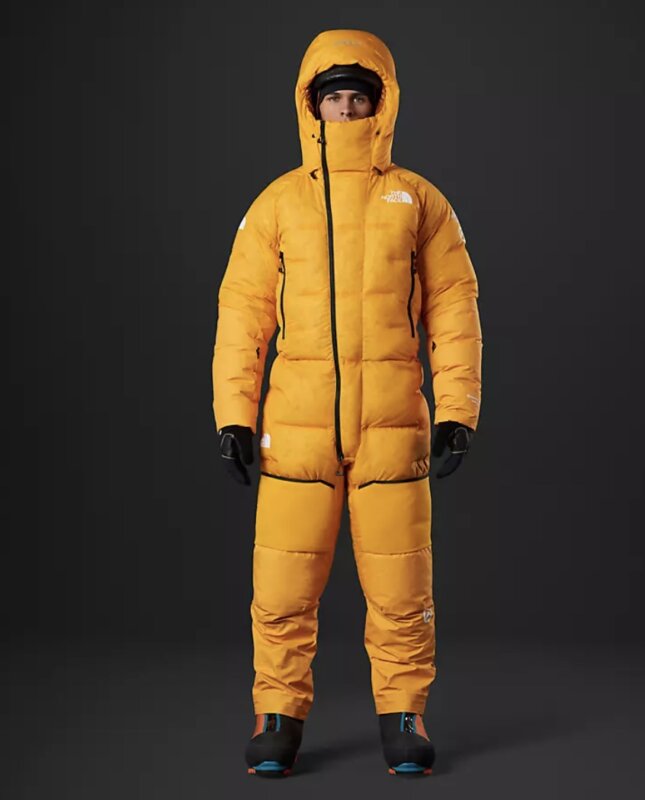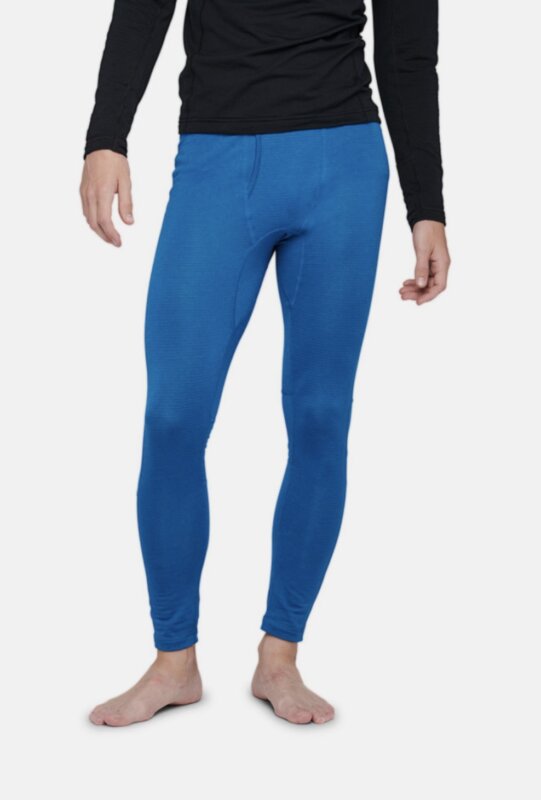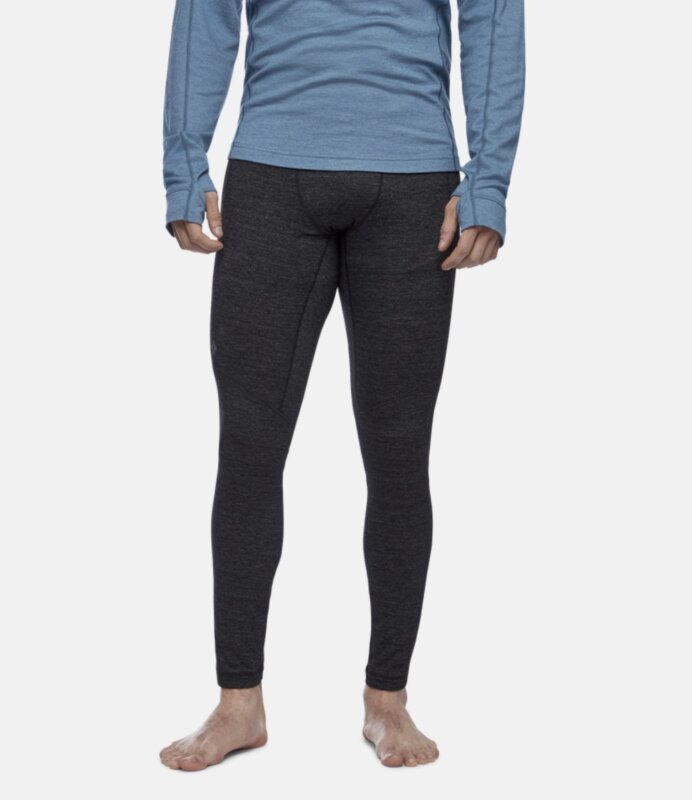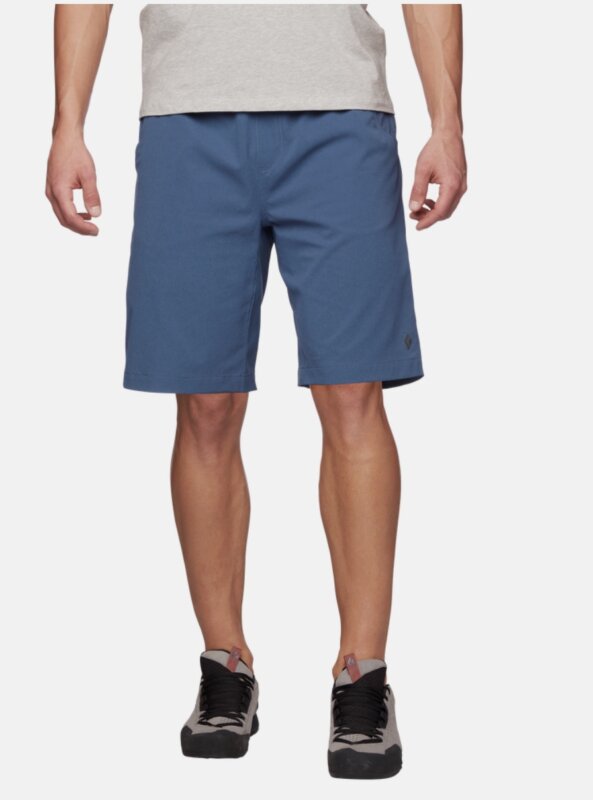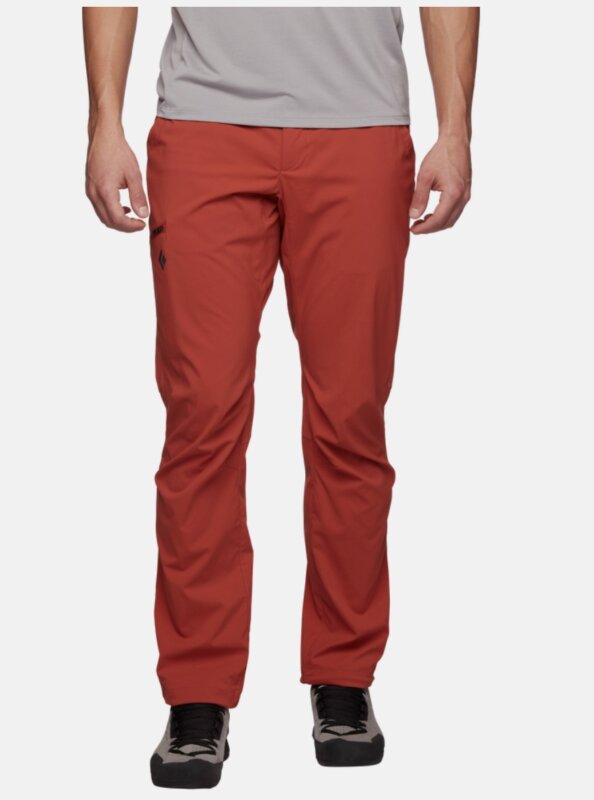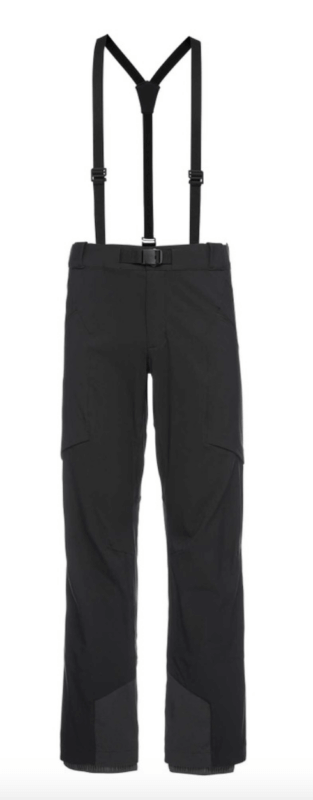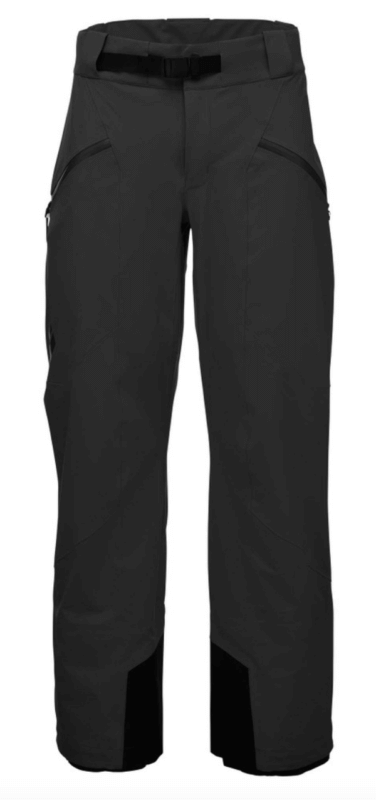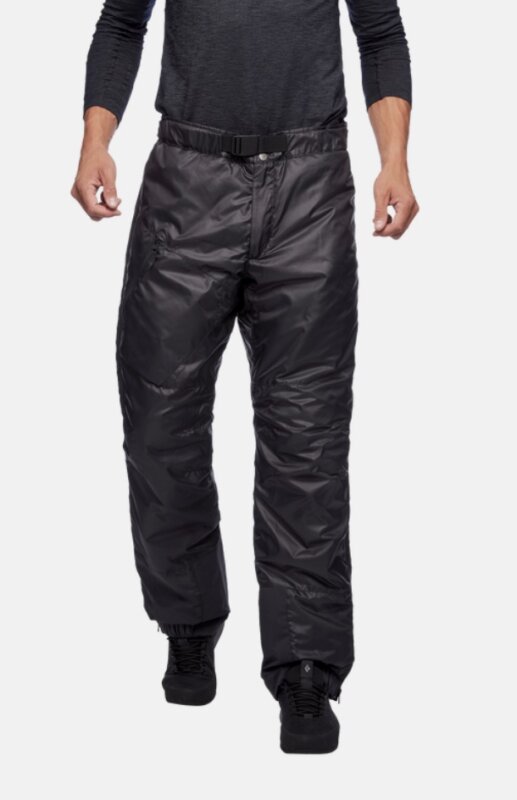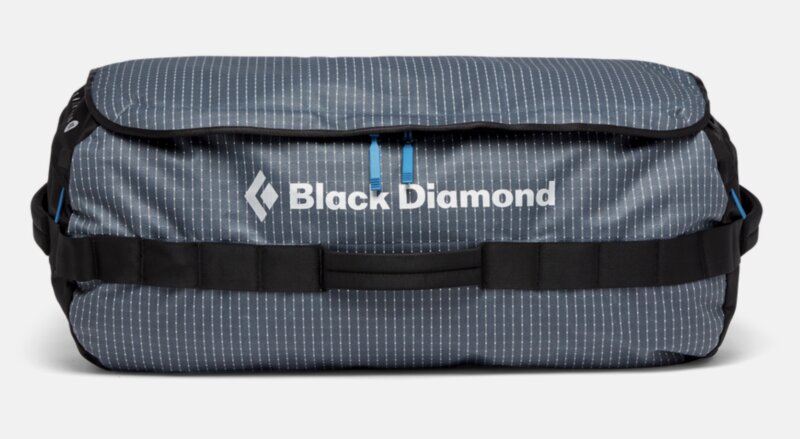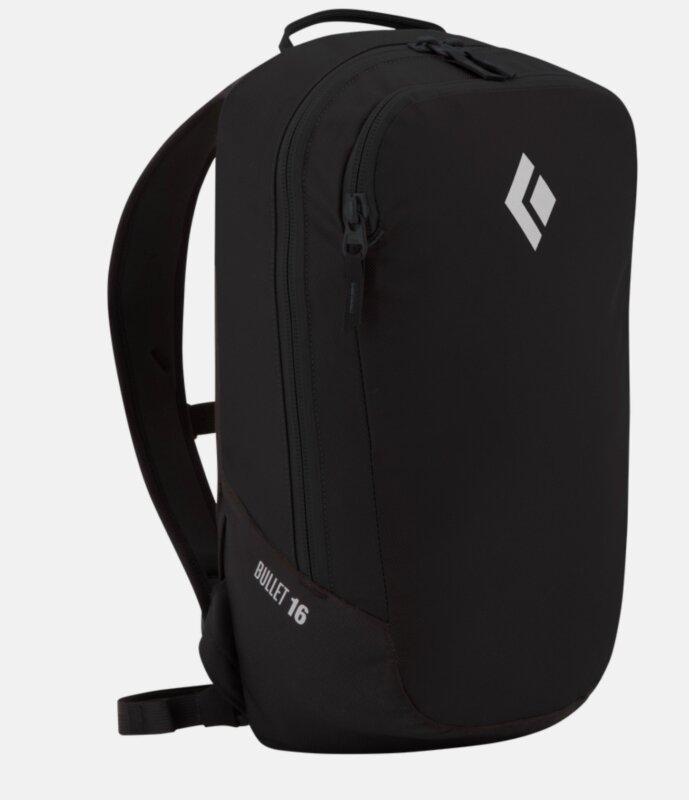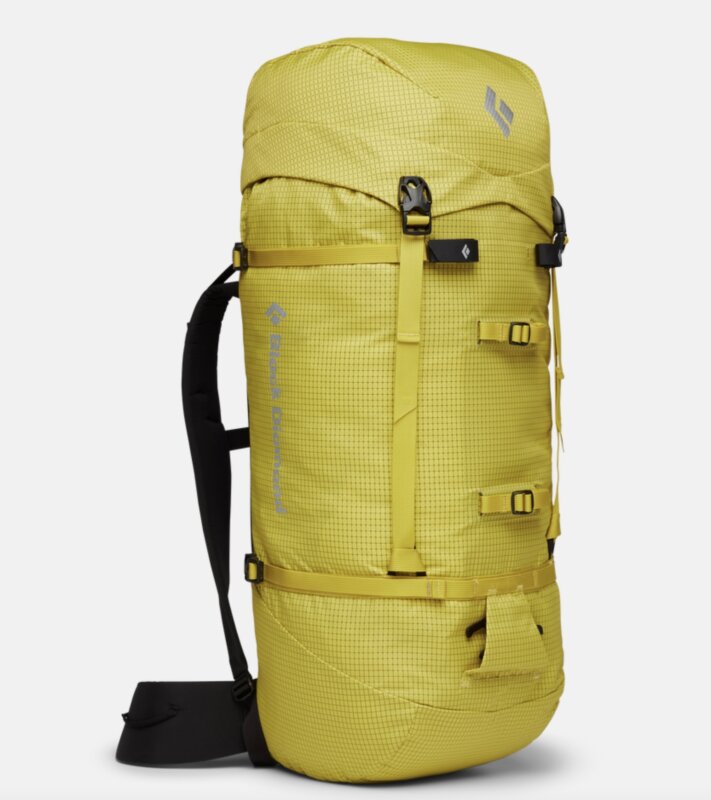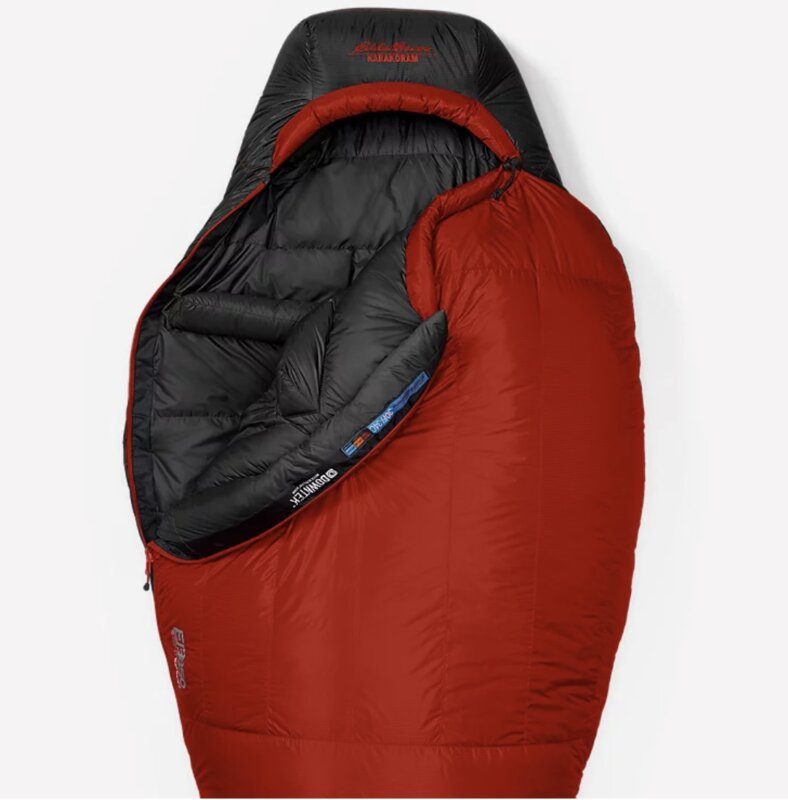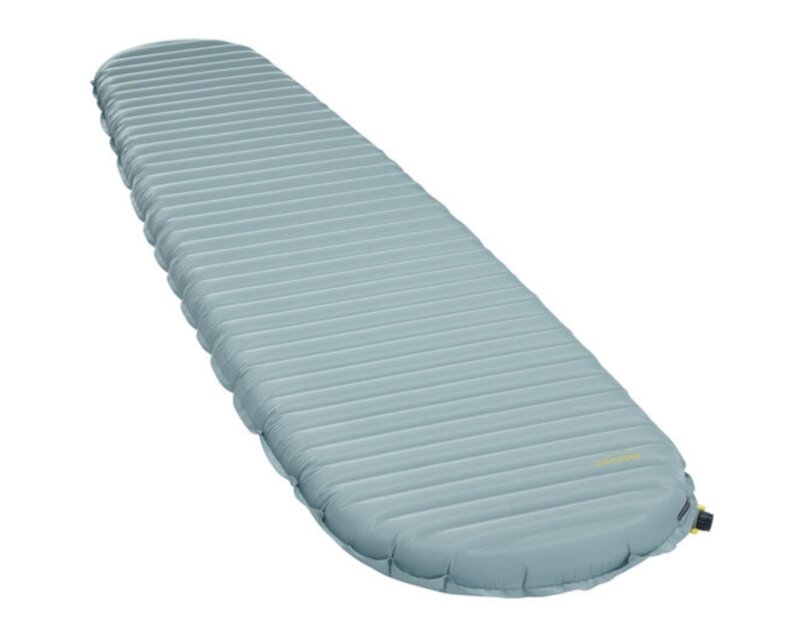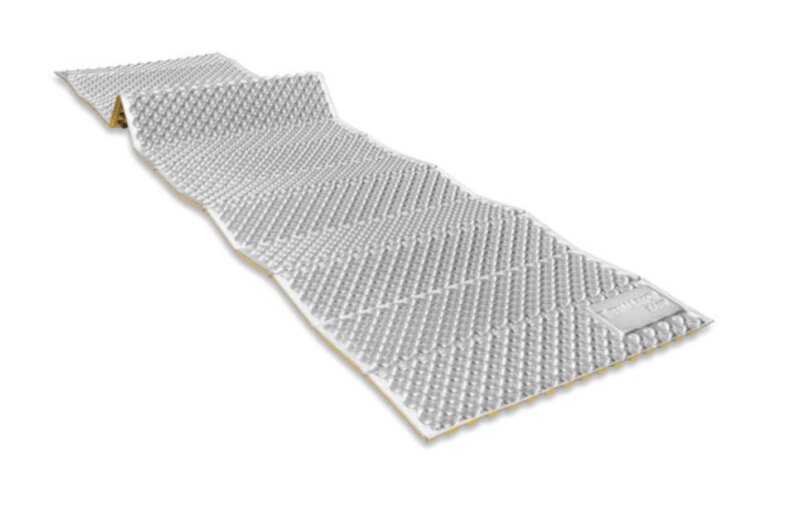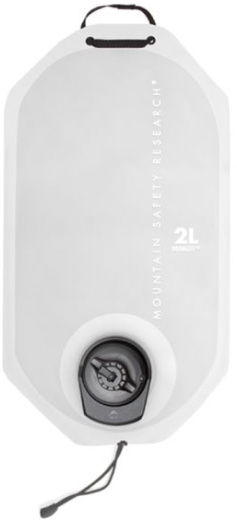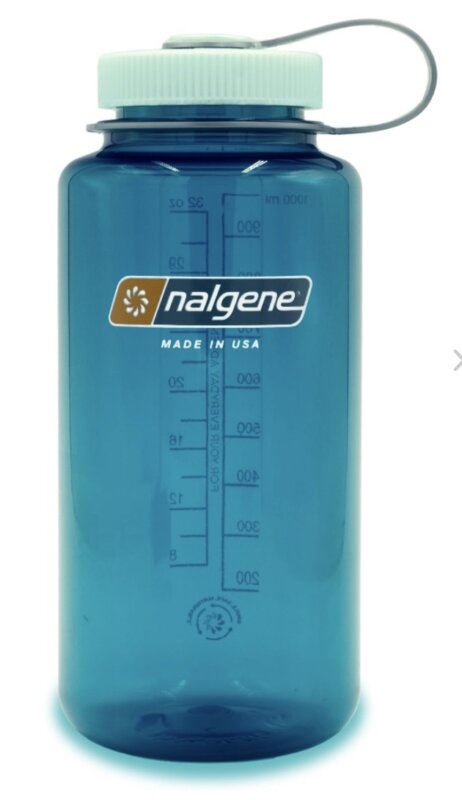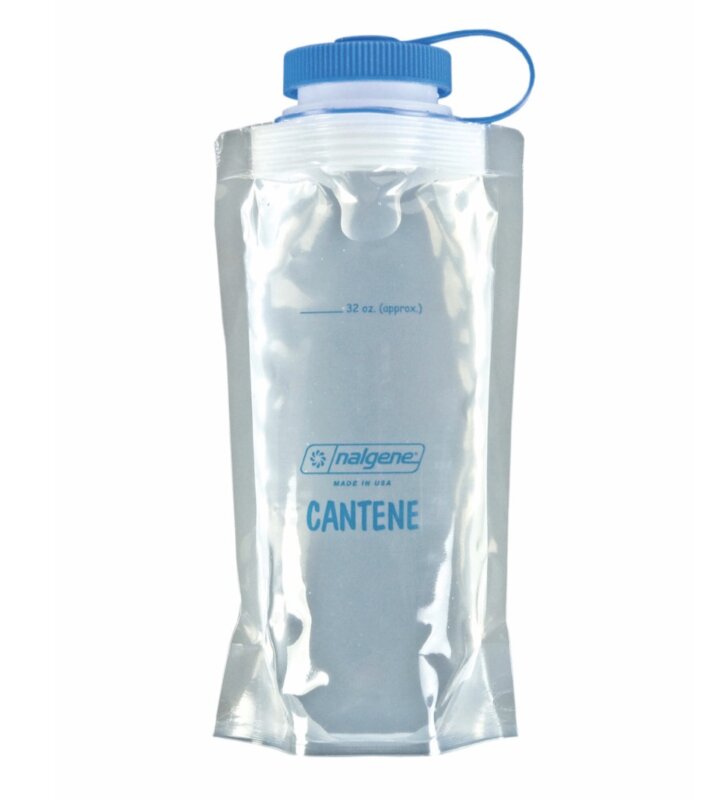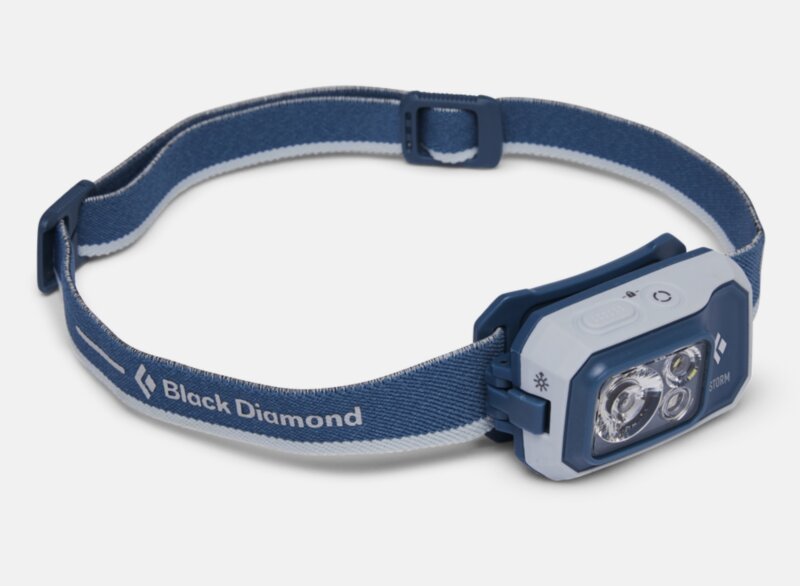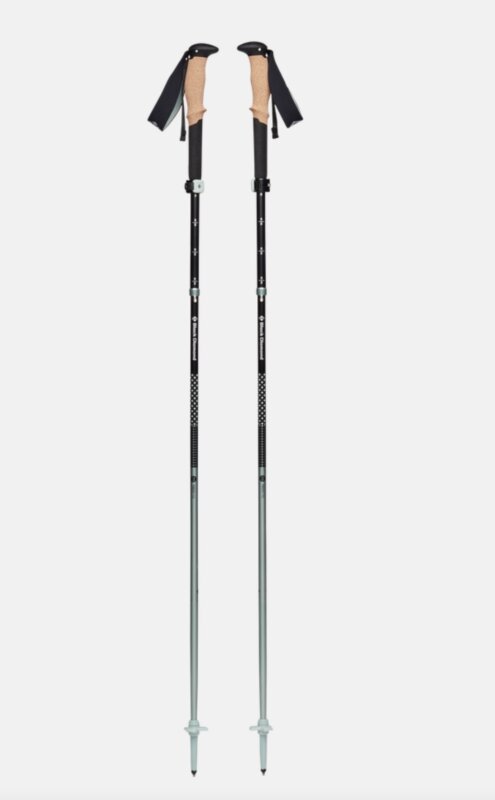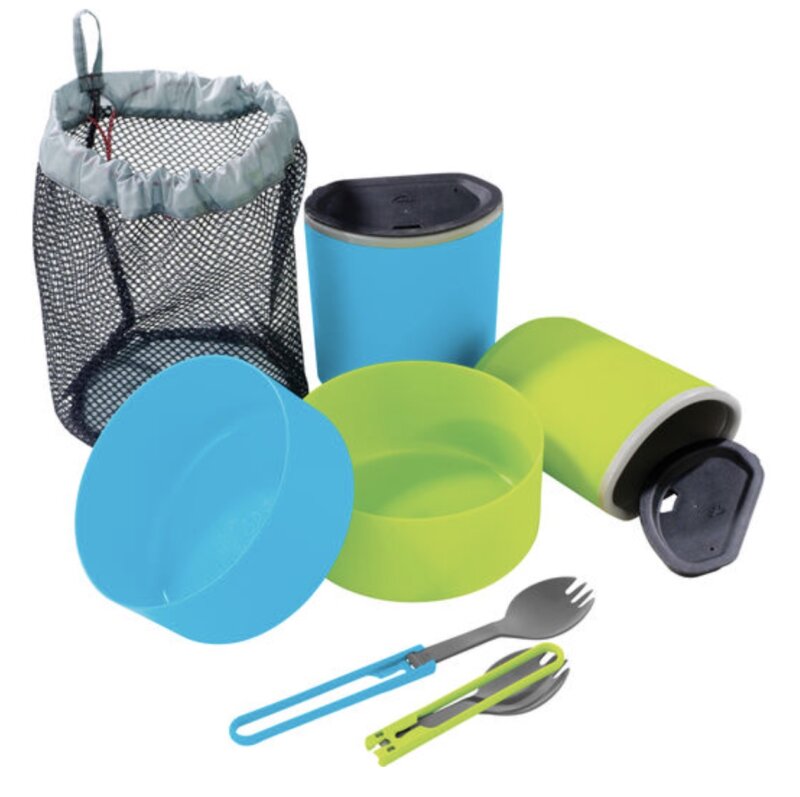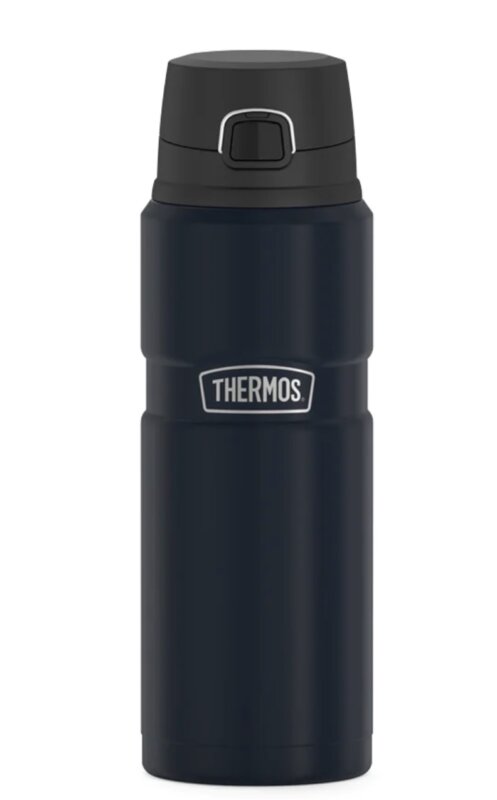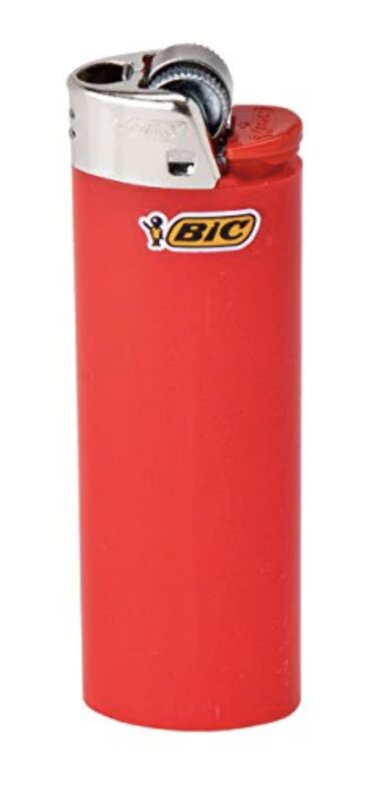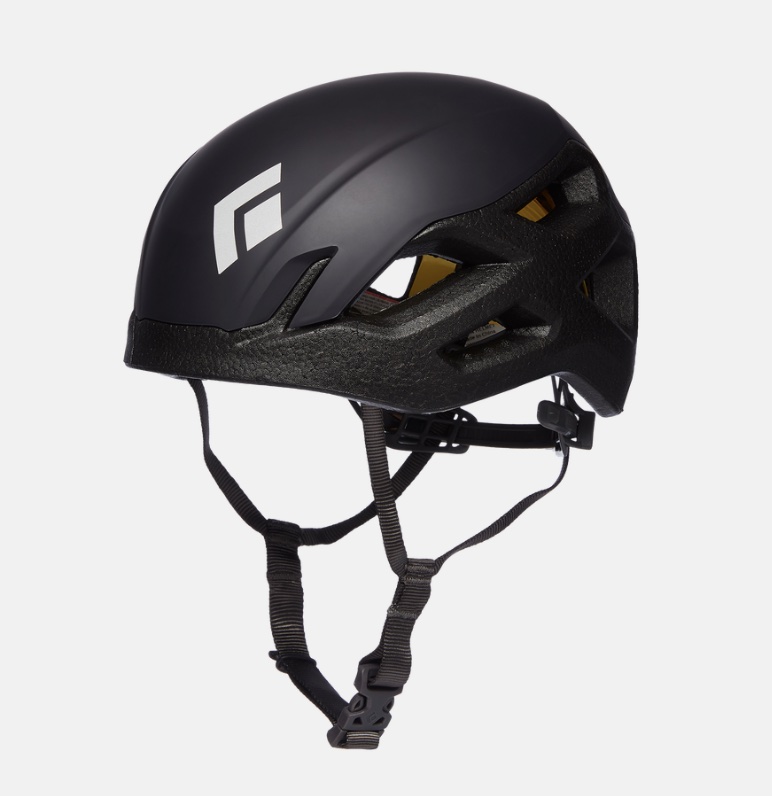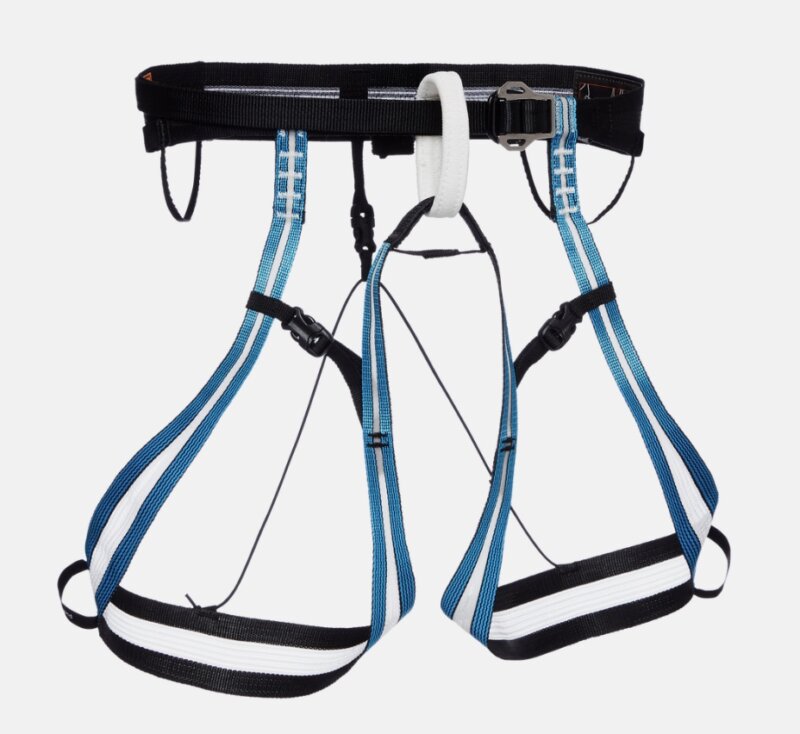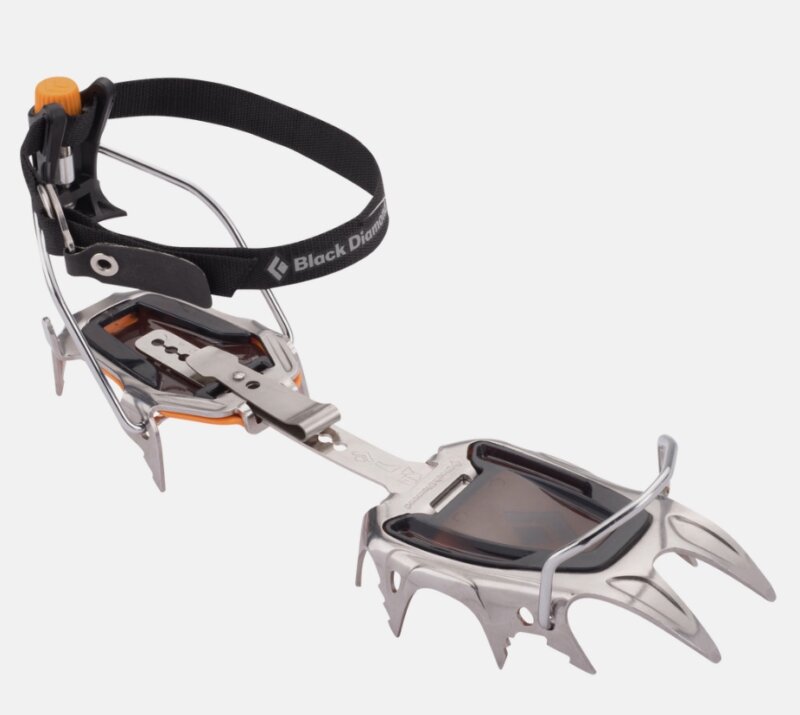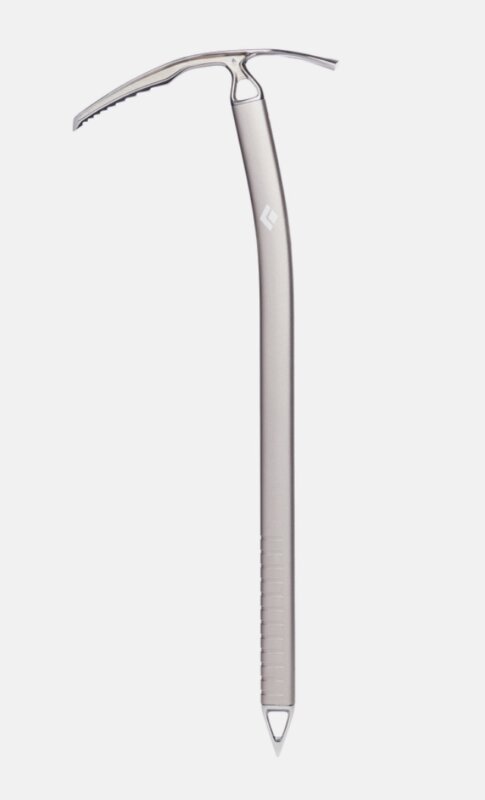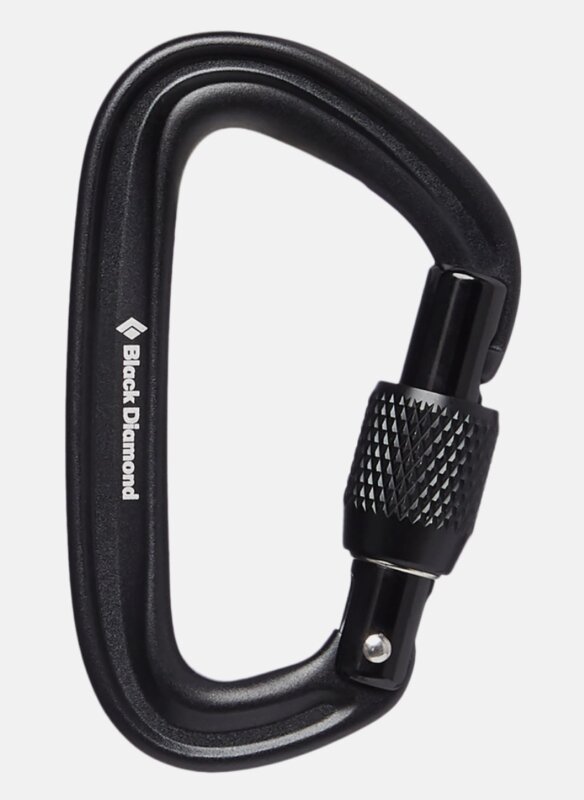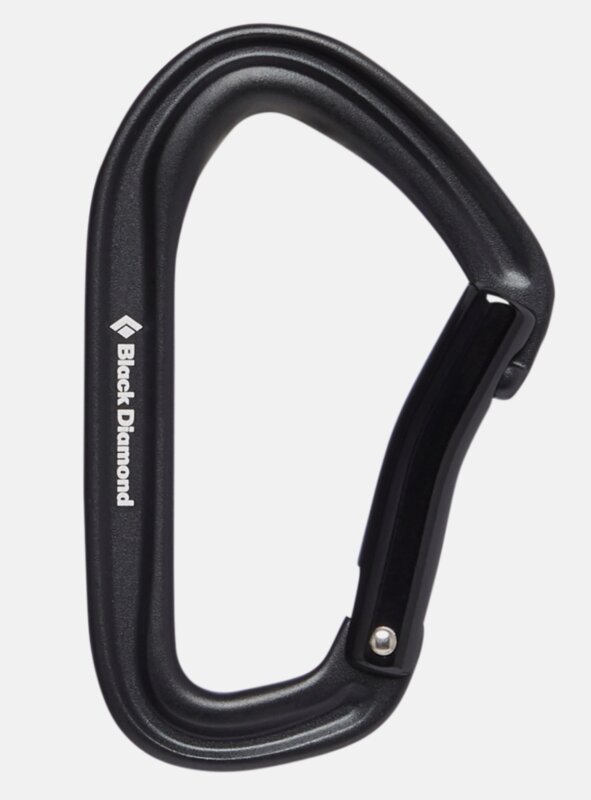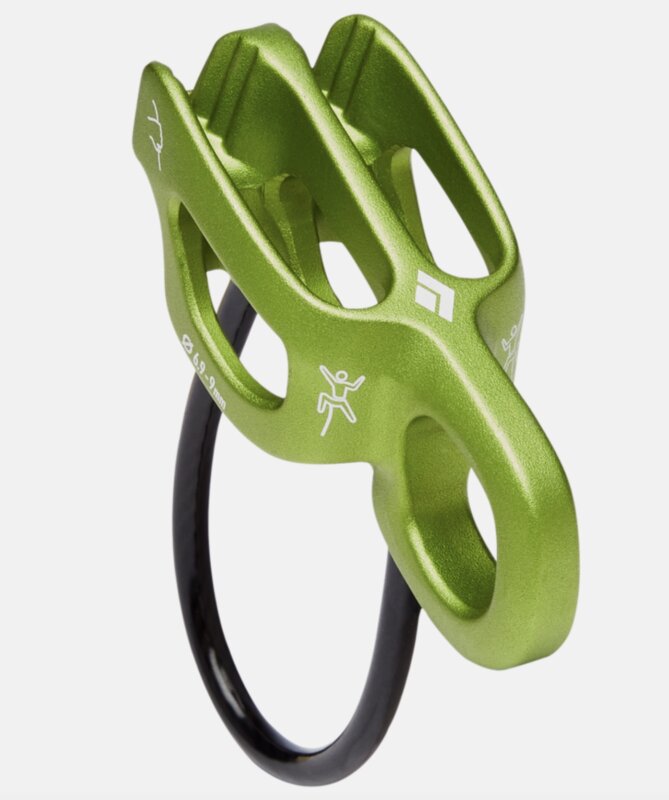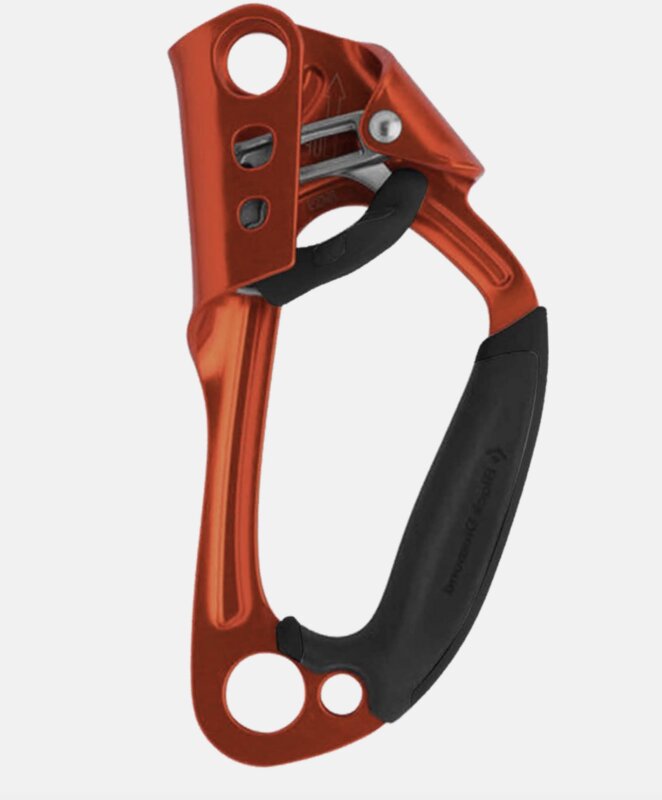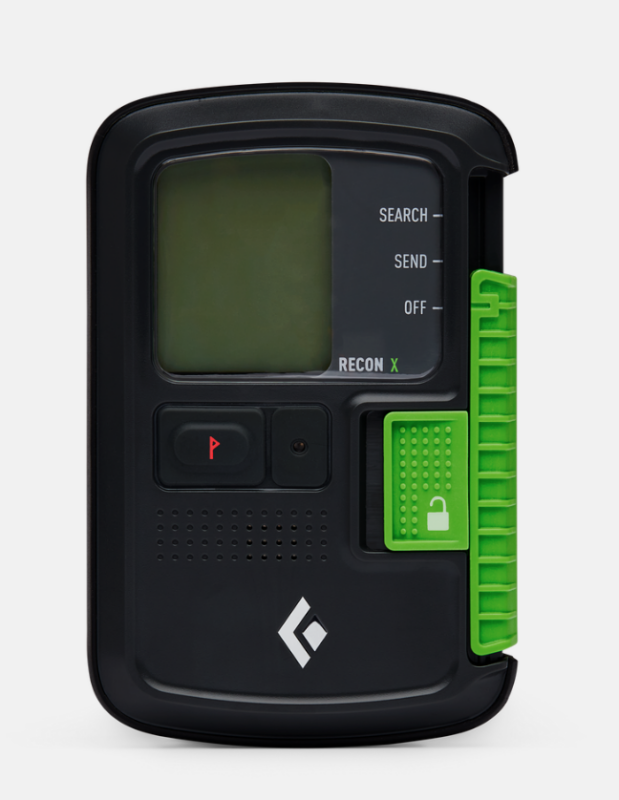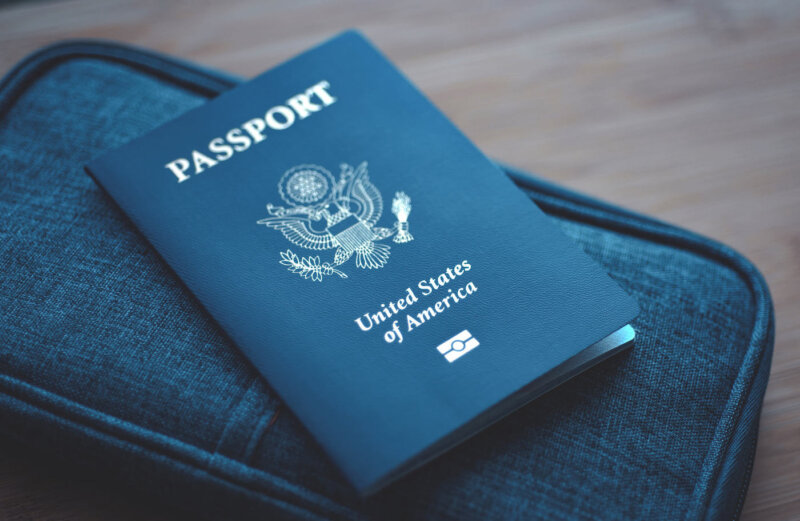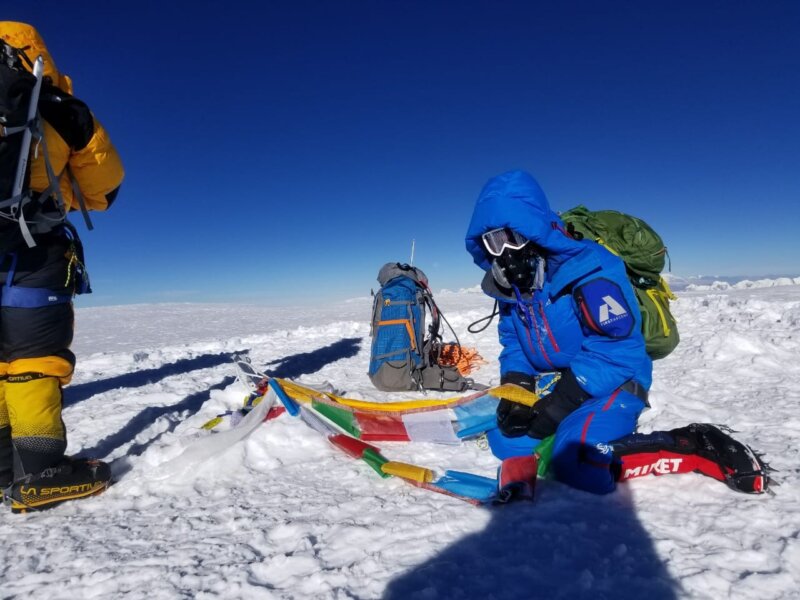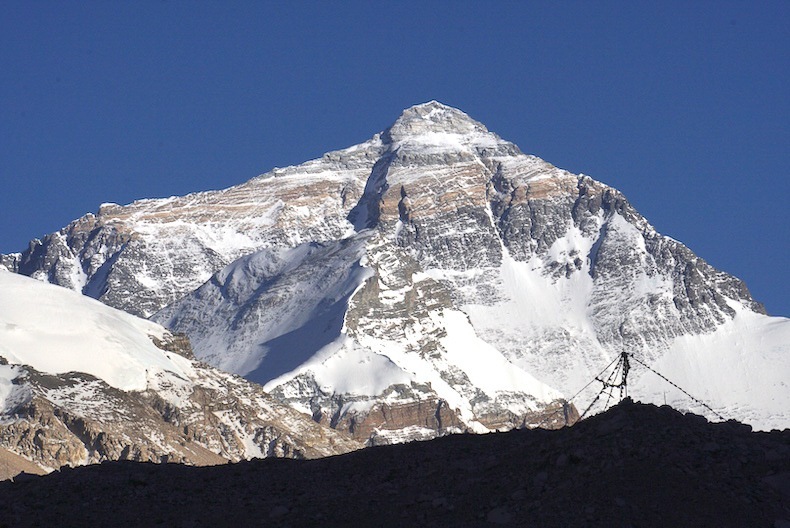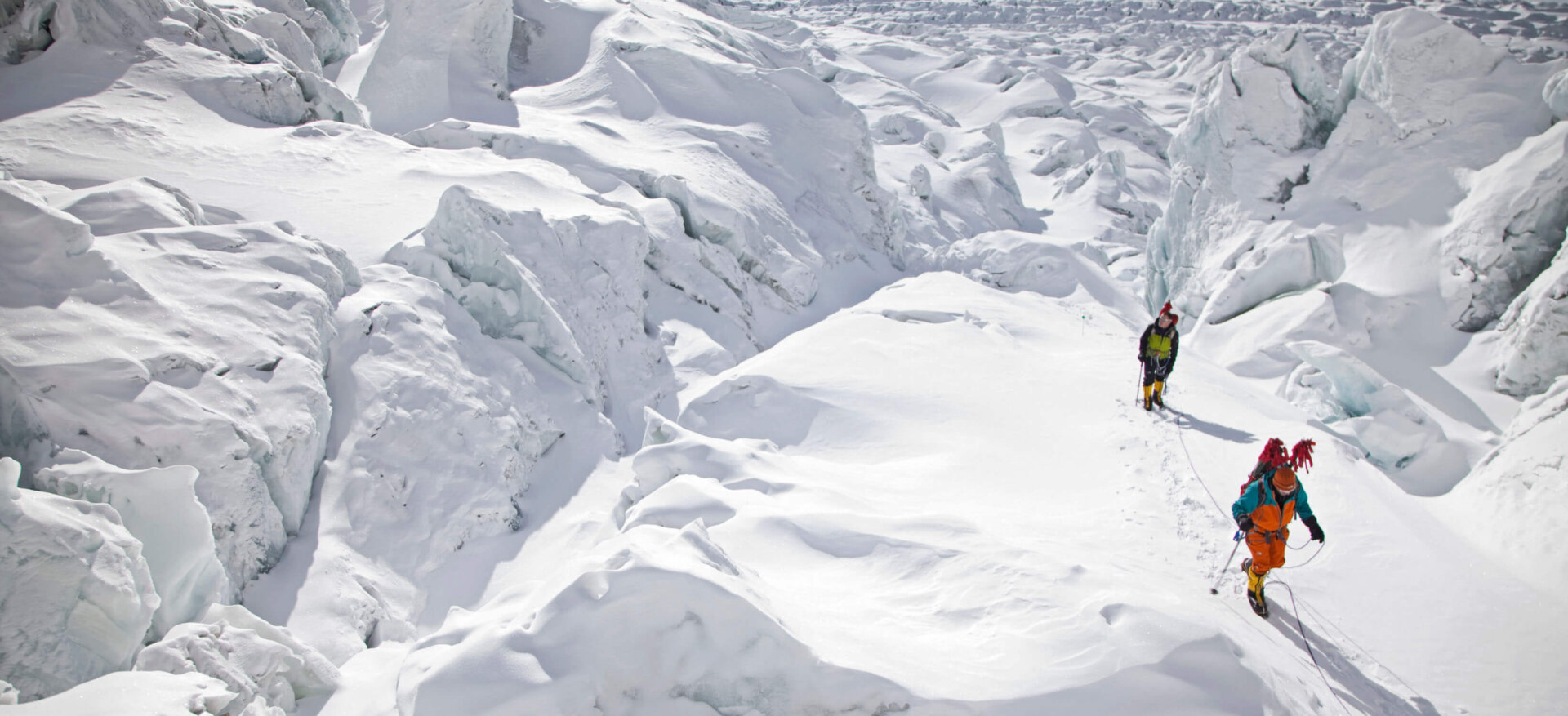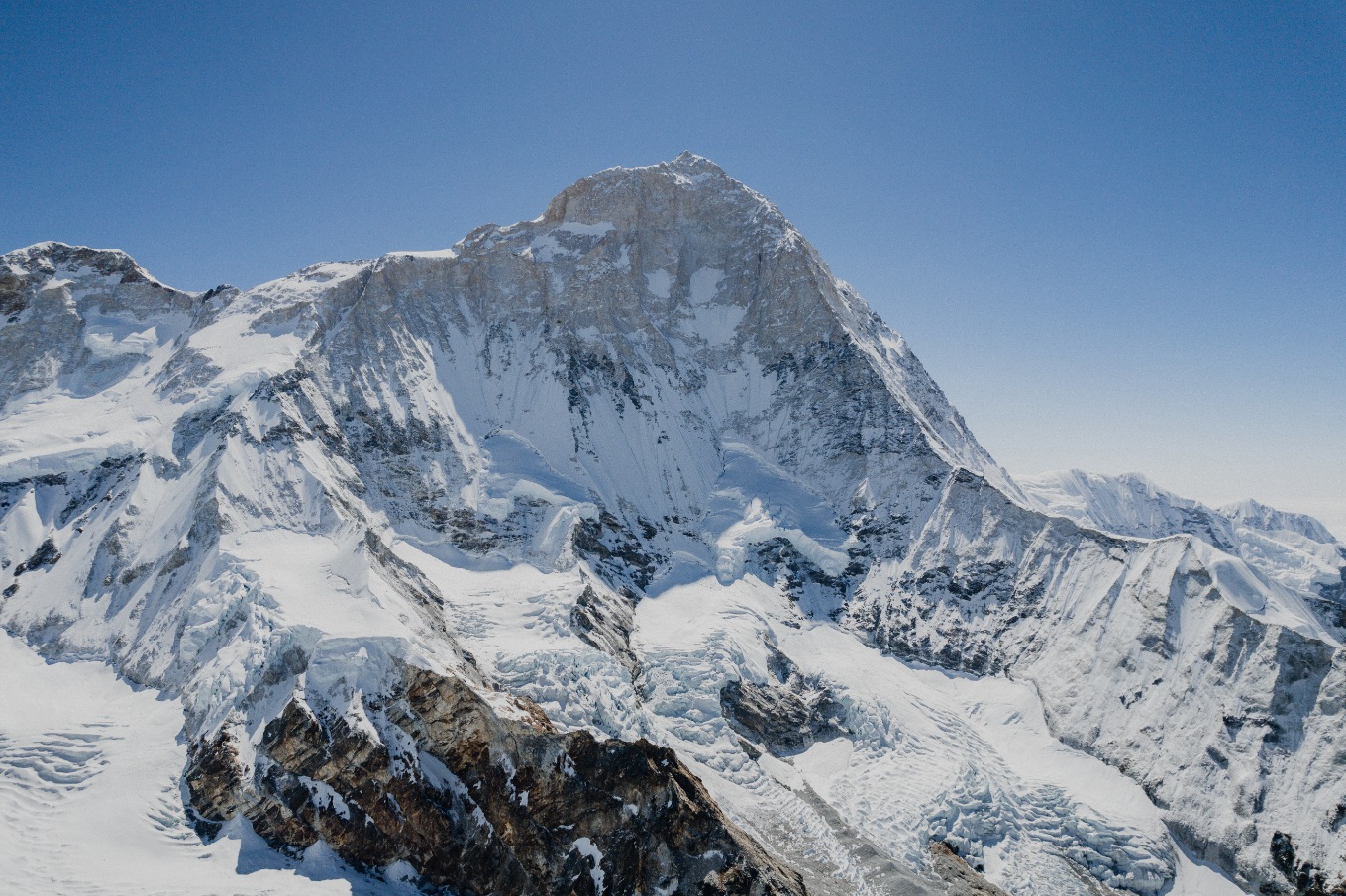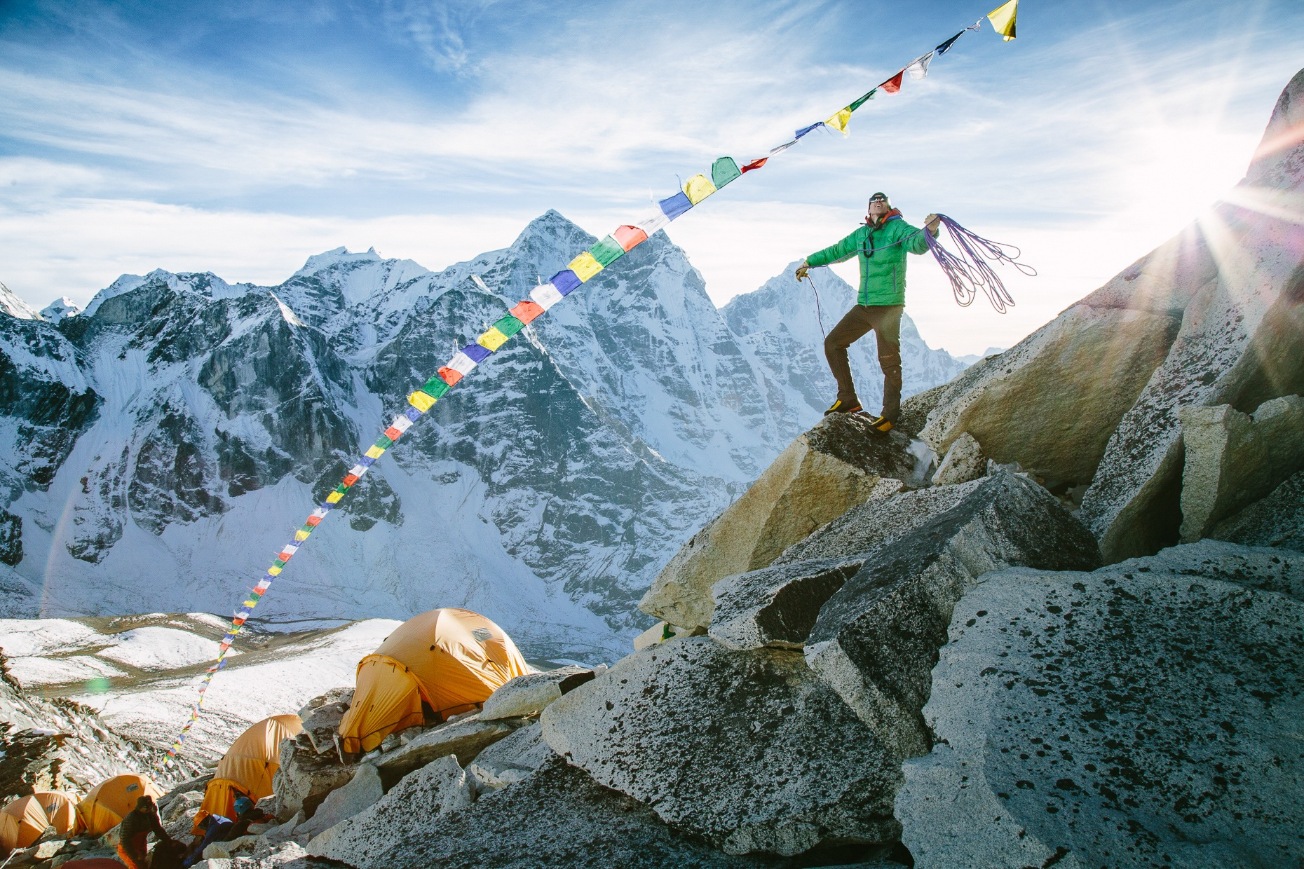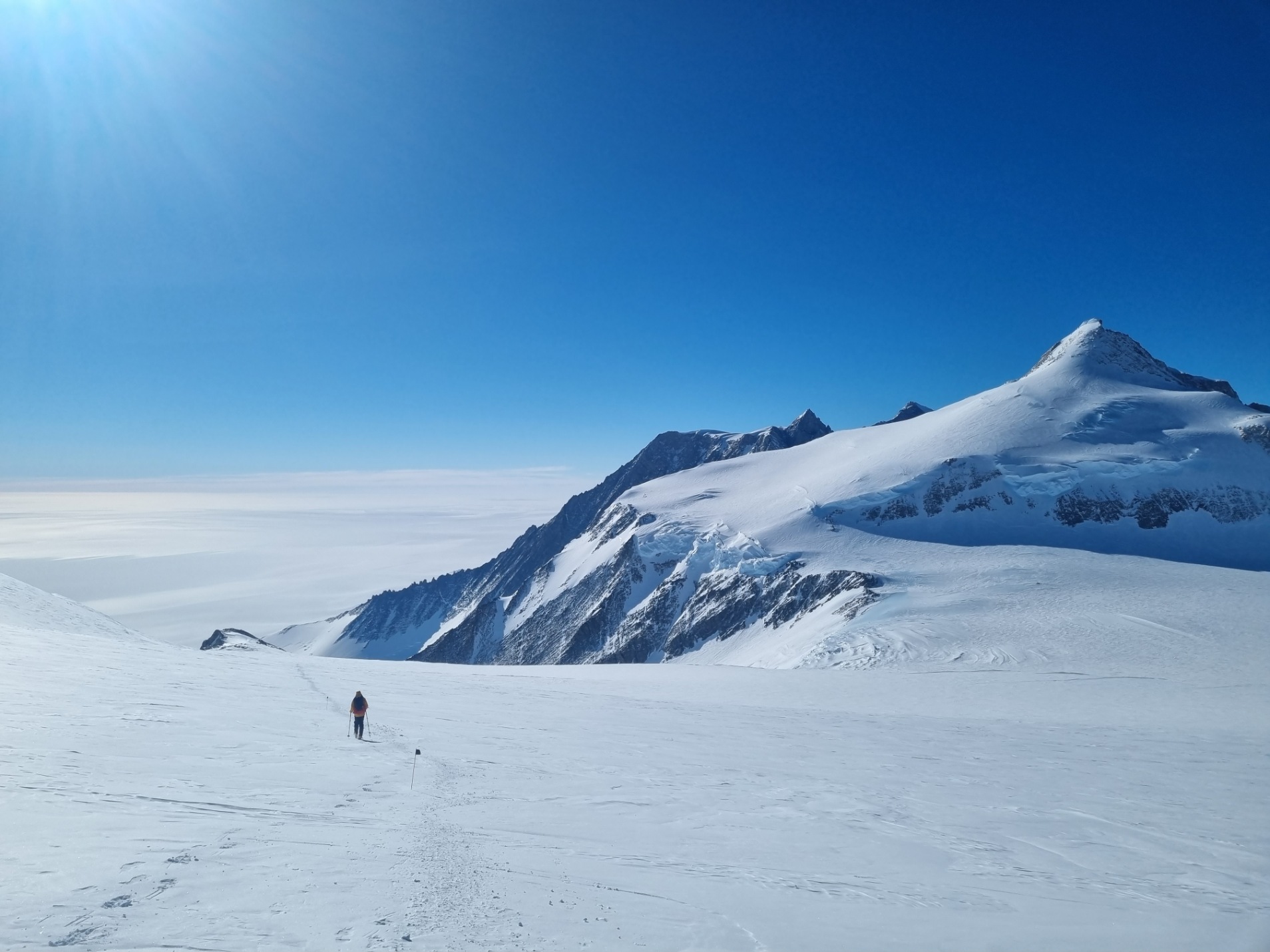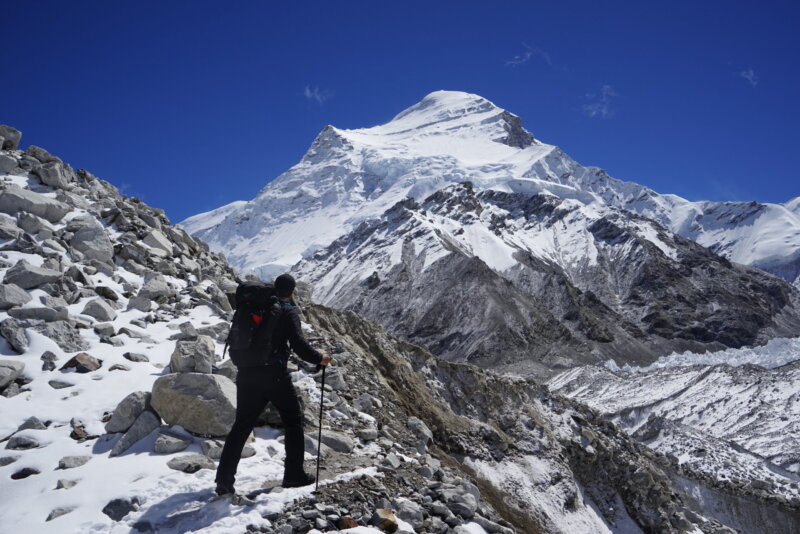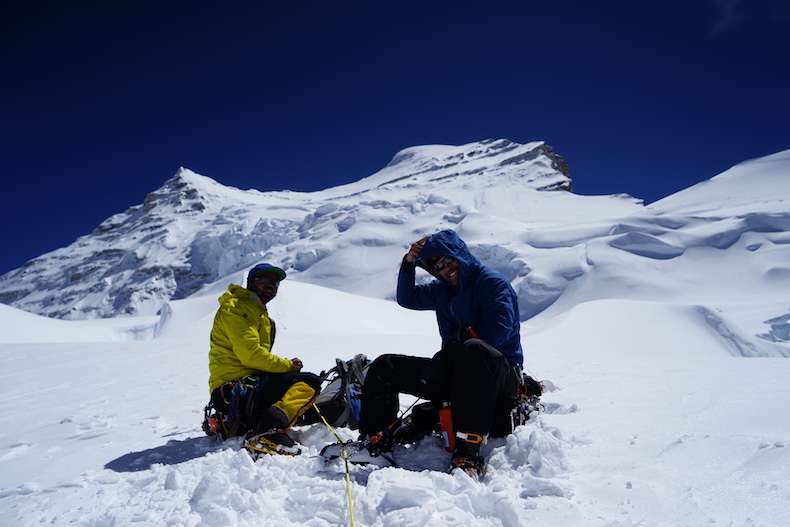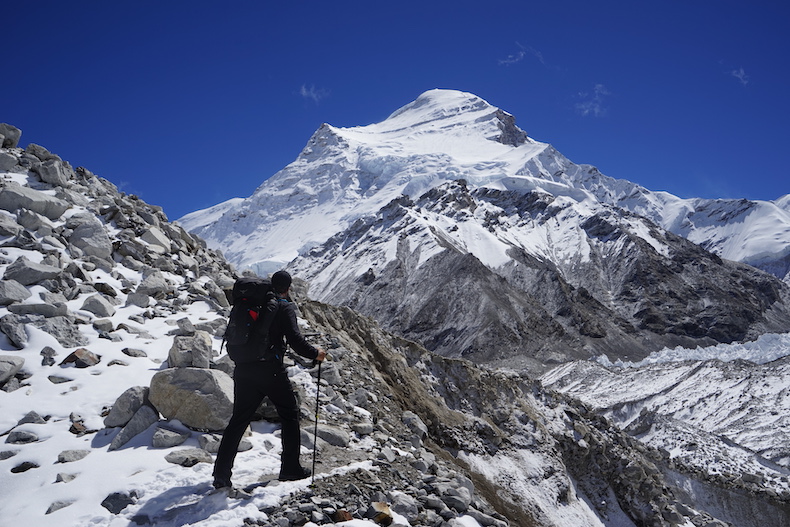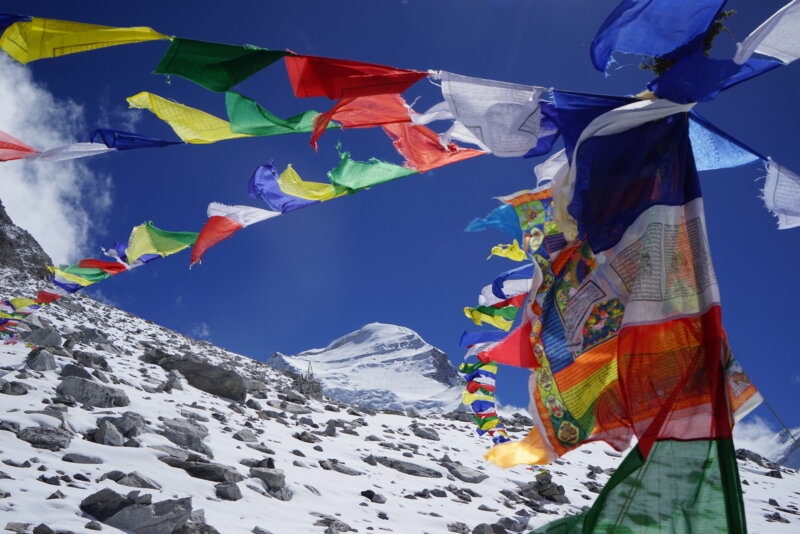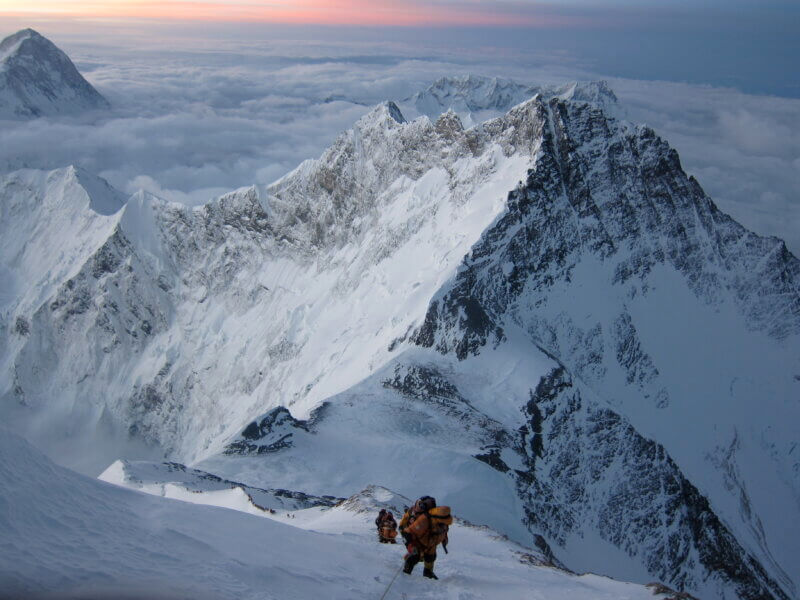Cho Oyu Expedition
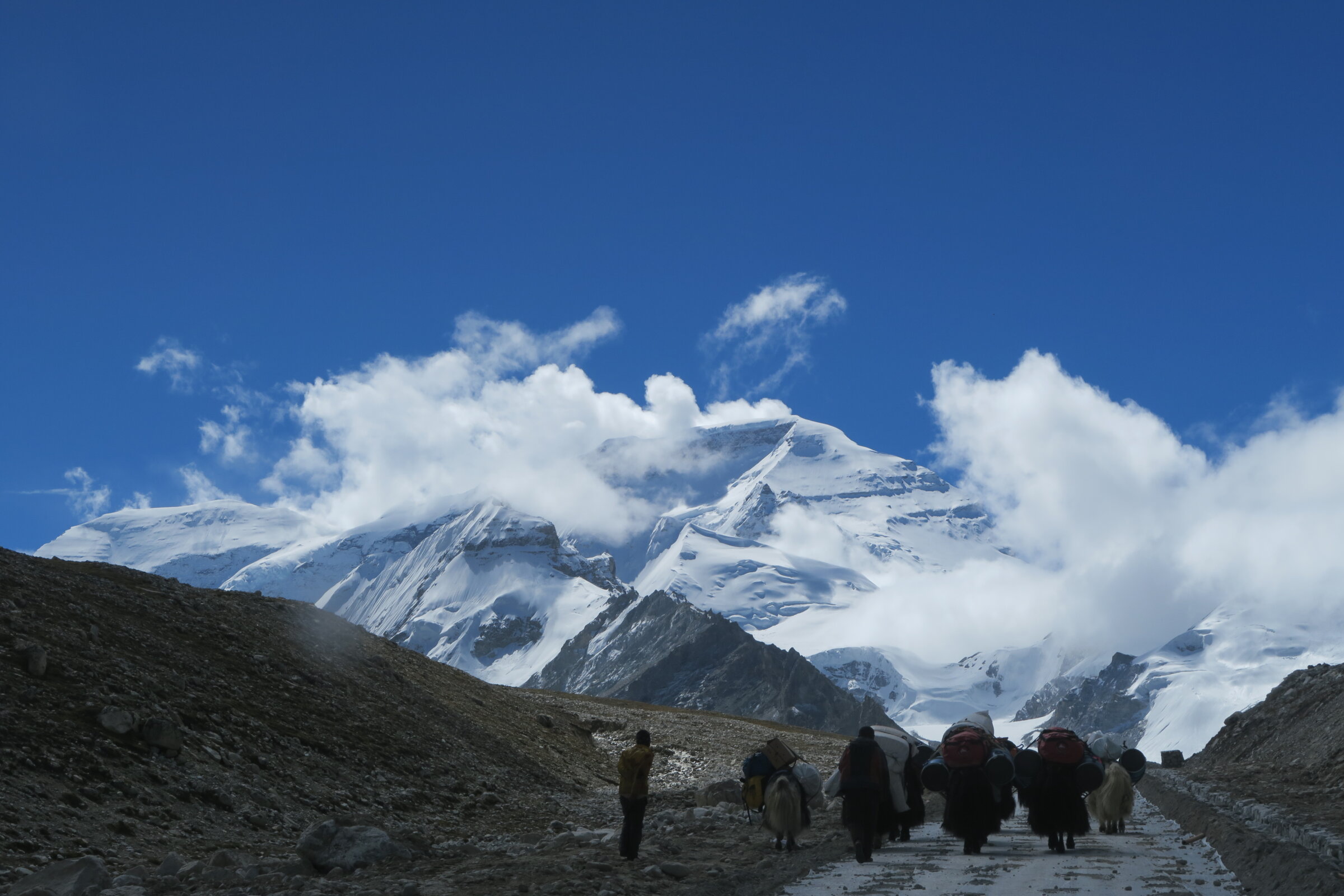
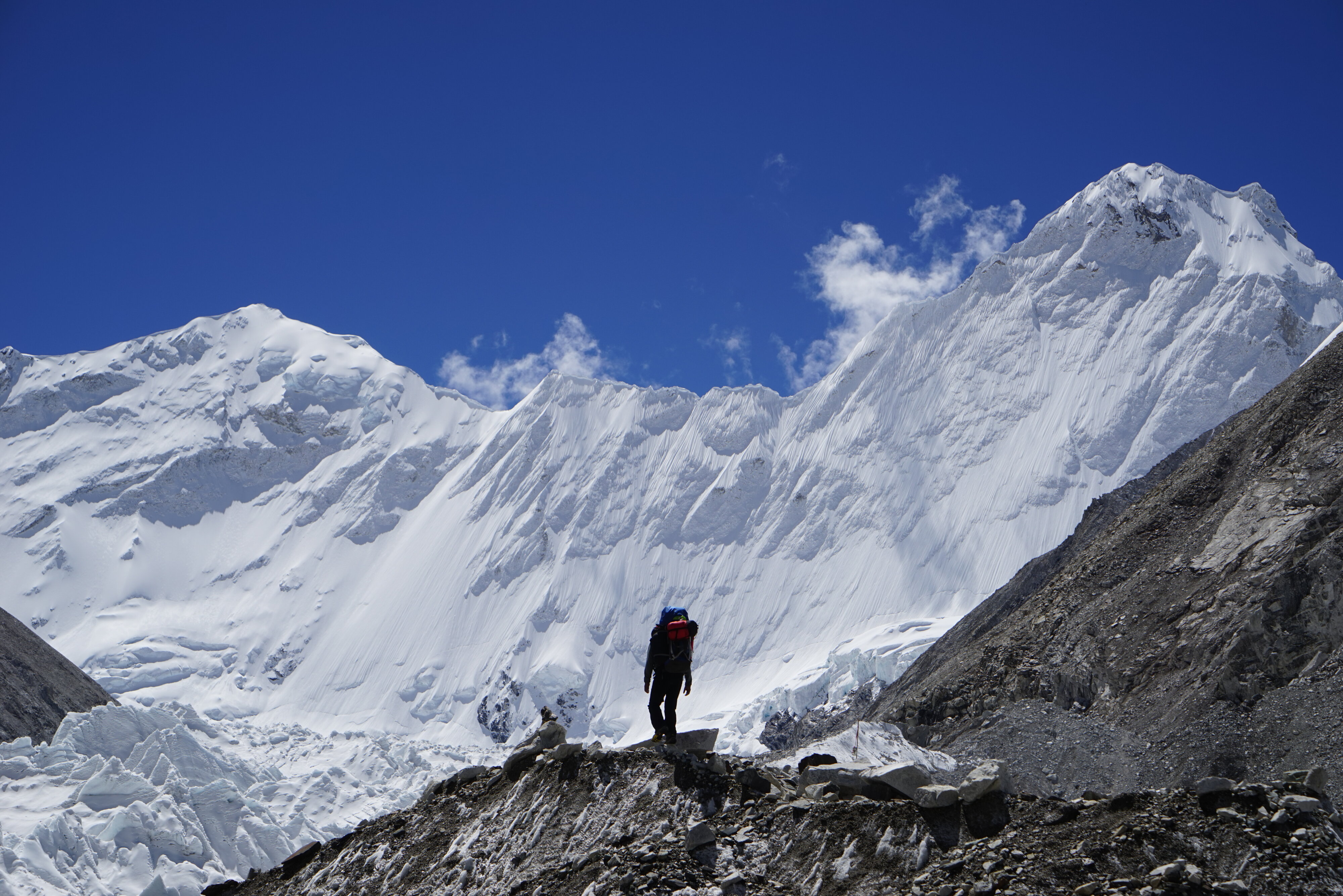
Cho Oyu Rapid Ascent™ Climbing Expedition
Climb the 6th Tallest Peak on the planet in only 28 days.
Known as “the easiest 8,000m peak,” Cho Oyu is the last step on The Road To Everest.
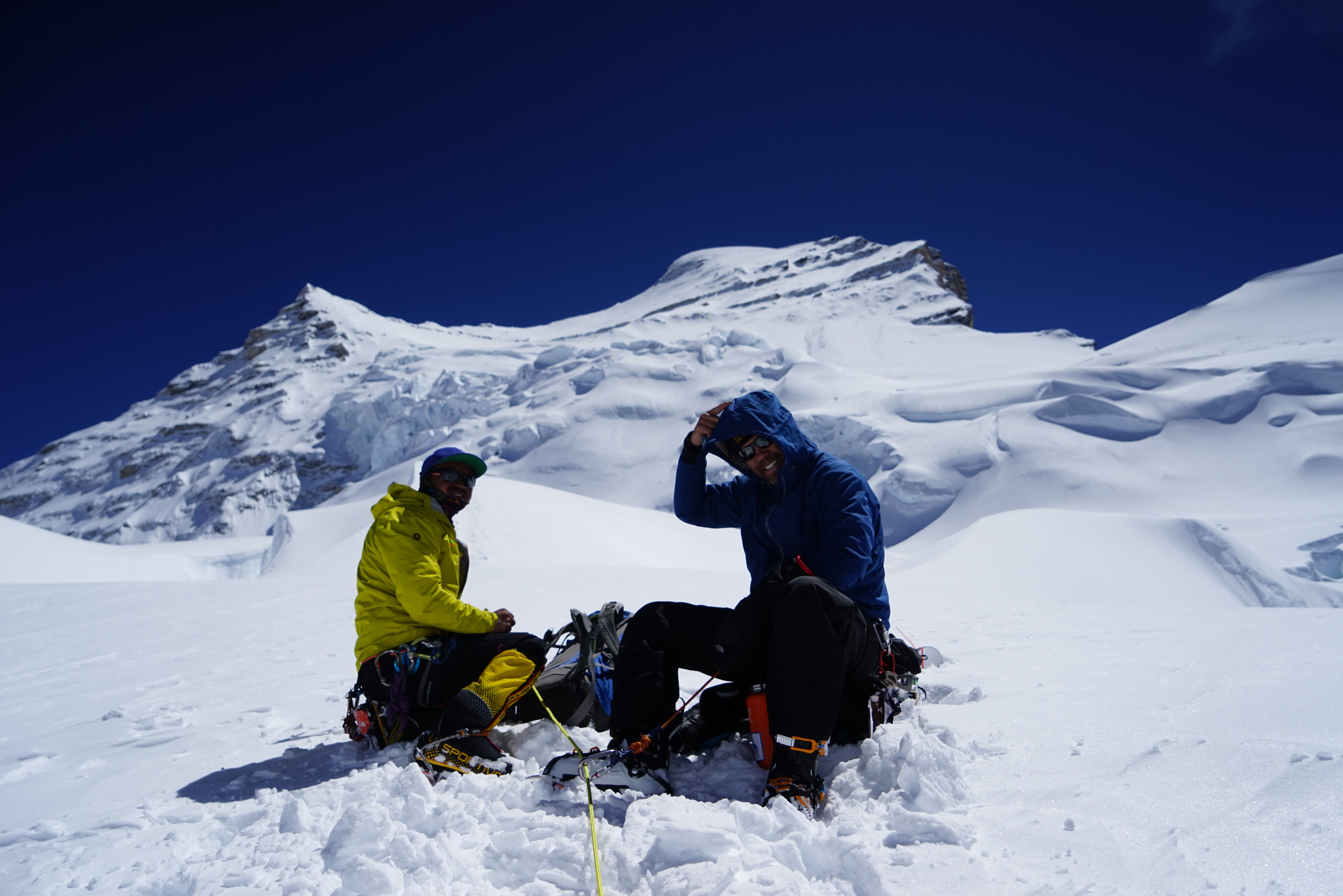
Cho Oyu Rapid Ascent™ Itinerary
- Day 1
- Arrival
Climbers fly into Chengdu, China, arriving anytime this evening or early the next morning (day 1 of our itinerary). Team members must pick up their Tibet Travel Permits in Chengdu. Alpenglow arranges for these documents to be sent to the hotel of your choice if spending a night in Chengdu, or to the airport during your layover. A layover of 6 hours minimum is required for the delivery of these documents. [This is considered a travel day and is not part of the Alpenglow program.]
- Day 2
- Fly to Lhasa
Fly by plane to Lhasa (12,000 feet/3,650 meters). Arrive by mid-afternoon at the latest. From the airport it is an hour drive into Lhasa, where we have a bit of time to walk around the old city, and enjoy a traditional Tibetan dinner. Climbers are responsible for all flights.
- Day 3
- Visit the Potala Palace and Jokhang Monastary, drive to Shigatse (12,500 feet/3,800 meters).
The Potala Palace, former home of the Dalai Lama, and ancient Jokhang Monastary, are two of Tibet’s most important cultural sites, imperative to understanding this unique place. After a morning exploring with our local guide, we drive a few hours along the now paved road to Everest, stopping for the night in Shigatse, and our simple but clean hotel.
- Day 4
- Drive Shigatse to Shelkar.
We’ll spend a night in Shelkar to aid in our acclimatization. This small town is only a few hours from base camp.
- Day 5
- Drive to Base Camp
We’ll finish the drive to base camp in just three hours, arriving at 16,100’ and marking the start of our climb.
- Day 6
- Rest day in BC
We’ll spend the day resting in BC, letting our bodies adjust to the higher altitudes. Base camp is simple, but is an important step in acclimatization before we continue higher. Todays rest day is a great opportunity to start organizing gear
- Day 7
- Move to Advanced Base Camp
ABC is actually where we spend most of our time on Cho Oyu and our camp, perched in a glacial moraine at 18,530 feet/5,650 meters, is comfortable and sunny, and is the home of our full Alpenglow infrastructure – heated dining tents, fully stocked kitchen, heated communications and hangout tent, internet access, and much more.
- Day 8/9
- Rest in ABC
Situated at 18,700’, we’ll spend two days resting in Advanced Base Camp. While small walks will allow your legs to stay limber, we spend these two days enjoying ourselves with the full infrastructure of ABC.
- Day 10
- Acclimatize to Camp 1
Today we’ll make our first steps onto Cho Oyu, climbing to C1 and touching 21,000’ before returning to ABC. This will let our bodies prepare for the altitude, while recovering in style at ABC. We’ll climb this part of the route a few times, and it will become familiar over the new few weeks.
- Day 11
- Rest in ABC
After yesterday’s push, we’ll spend the day resting and maximizing our acclimatization from the comforts of ABC.
- Day 12
- Move to C1
Today we’ll retrace our steps up to C1 and spend the night at 21,000’, getting our bodies used to the altitude and setting ourselves up to climb the ice cliff the following day.
- Day 13
- Climb Above Ice Cliff
Leaving C1, our goal will be to touch 23,000’ today. We’ll climb the steep ice cliff, the technical crux of our climb, and the continue on until we hit 7,000m. We’ll then return to C1 and spend a second night there.
- Day 14
- Descend to ABC
Today you’ll descend to ABC for a few days rest. Our acclimatization rotation complete after touching 23,000’, we’ll be ready for a push to the summit.
- Day 15-18
- Rest in ABC
With a rotation above 23,000’ under your belt, now is time to let your body recuperate. Alpenglow’s full infrastructure in ABC will be a welcomed luxury after nights spent on the mountain and 4 days of rest will do wonders for your energy when it comes time to push for the summit.
- Day 19
- Climb to C1
Your time has finally come! Your summit push has begun, and for the third time you’ll be headed from ABC up to C1. By now, your body has acclimatized and rested, and you’ve covered this terrain twice before. You’ll be moving faster and the excitement of your summit push will certainly help.
- Day 20
- Climb to C2
From C1 you will return to the ice cliff, climbing through the hardest part of the route, and on to C2. This time, you may don oxygen starting at C1 or the Ice Cliff, and will continue on oxygen to the summit. With each step you are closer to the goal, and by the time you crawl into your tent, you’ll have passed through the most technically challenging terrain on the mountain.
- Day 21
- Summit Bid
Today is the day you’ve been waiting for; Summit Day! This will be your longest day of the trip, but certainly the most rewarding. The climbing slows down significantly from 7,000m on, and will physically tax you, but the rewards of a 8,000m summit are indescribable. After climbing to the summit, you’ll descend to C1, and maybe on to ABC.
- Day 22
- Descend to ABC
Most climbers descend to C1 on their summit push before resting and returning to ABC the next day. This is the last bit of your push, and your exhausted body will be rewarded with the luxuries of ABC. While you will be tired, the feelings of accomplishment and rewards of a summit will make you feel oddly energetic.
- Day 23-26
- Extra Summit Days
Like all high altitude peaks, weather and other challenges can dramatically impact our timing and climbing schedule. We include an extra 4 days in the itinerary for unexpected changes or weather impacts. If these days are needed, the acclimatization will be adjusted accordingly. If not, you will be headed home early with an 8,000m peak to tell family and friends about!
- Day 27
- Celebrate and Pack in ABC
After a summit push there’s one important thing for you to do…celebrate! You’ll spend the day in ABC resting, recovering and reminiscing on the incredible climb that was just completed. And we’ll pack a little too.
- Day 28
- Descend to BC, Drive to Shigatse
We’ll pack our things and descend to the vehicles just down valley. With the massive form of Everest, Cho and the other Himalayan giants slowly fading in your rear view mirror, we’ll make the all day drive to Shigatse.
- Day 29
- Fly to Chengdu
Your morning flight to Chengdu arrives midday, most team members will choose to catch their international flights home that evening. You can also stay another night in Chengdu and fly home the next morning.
